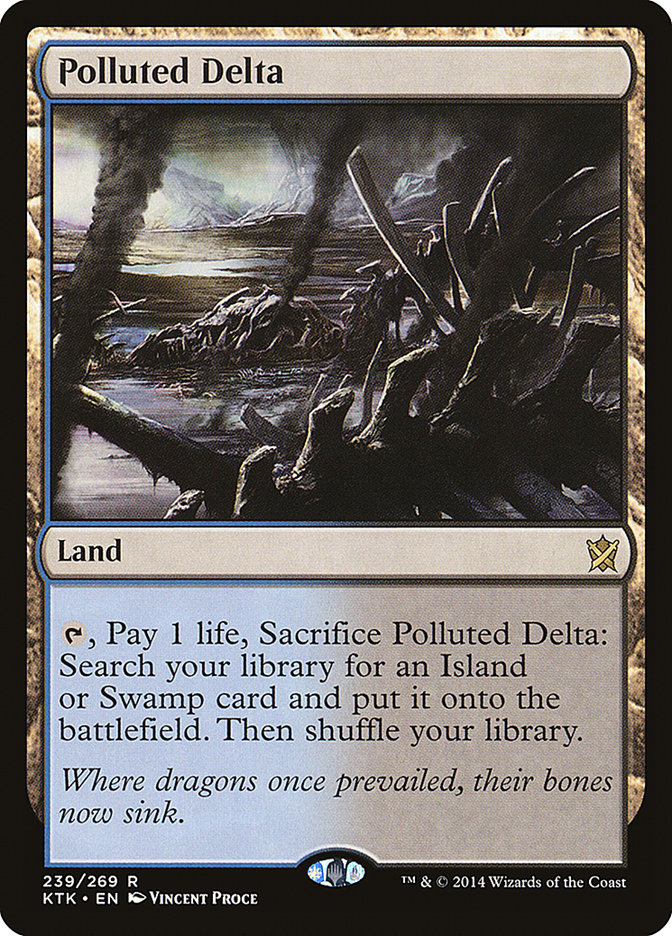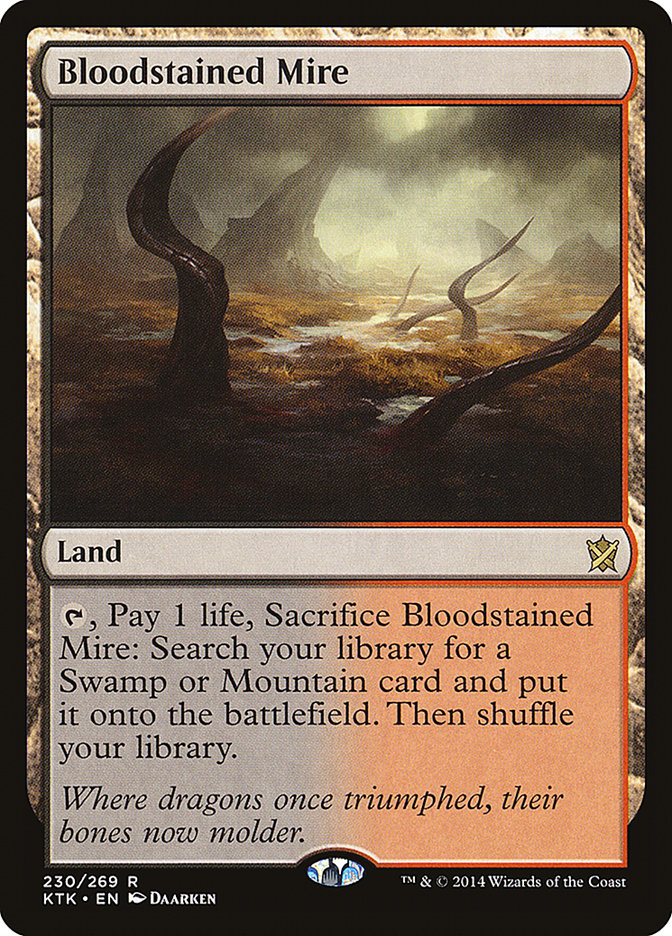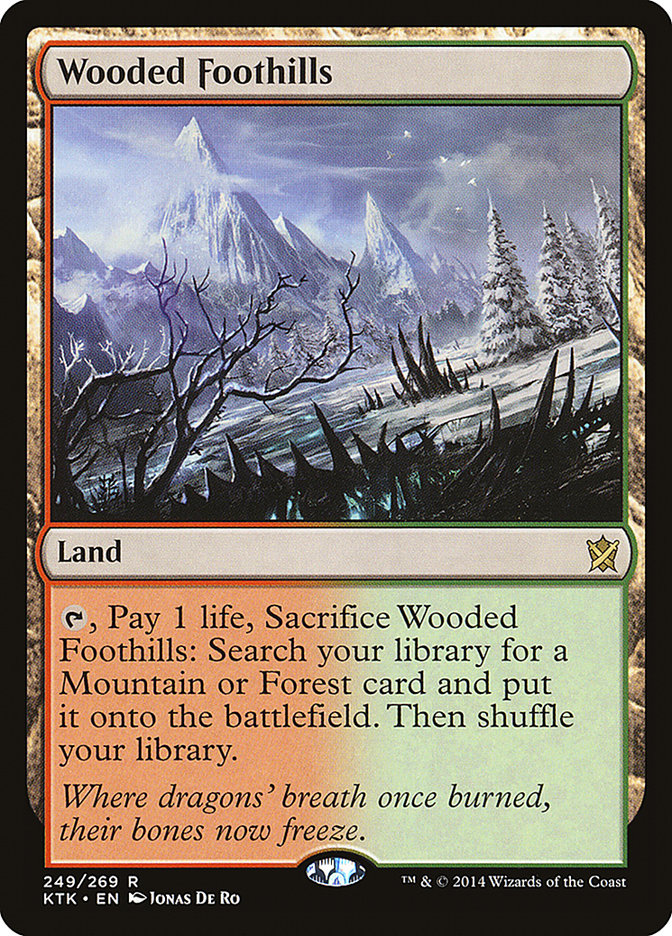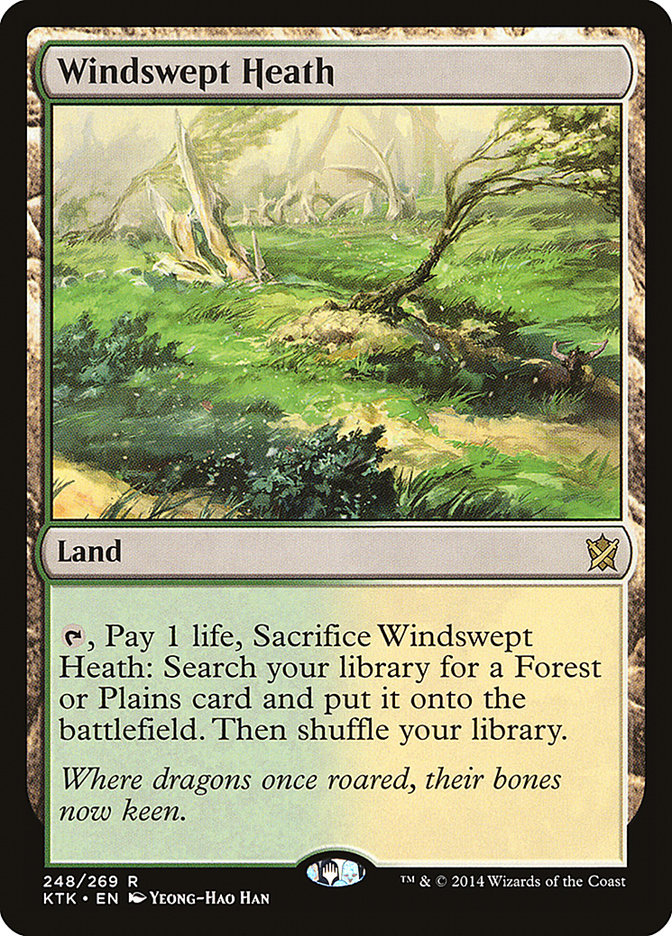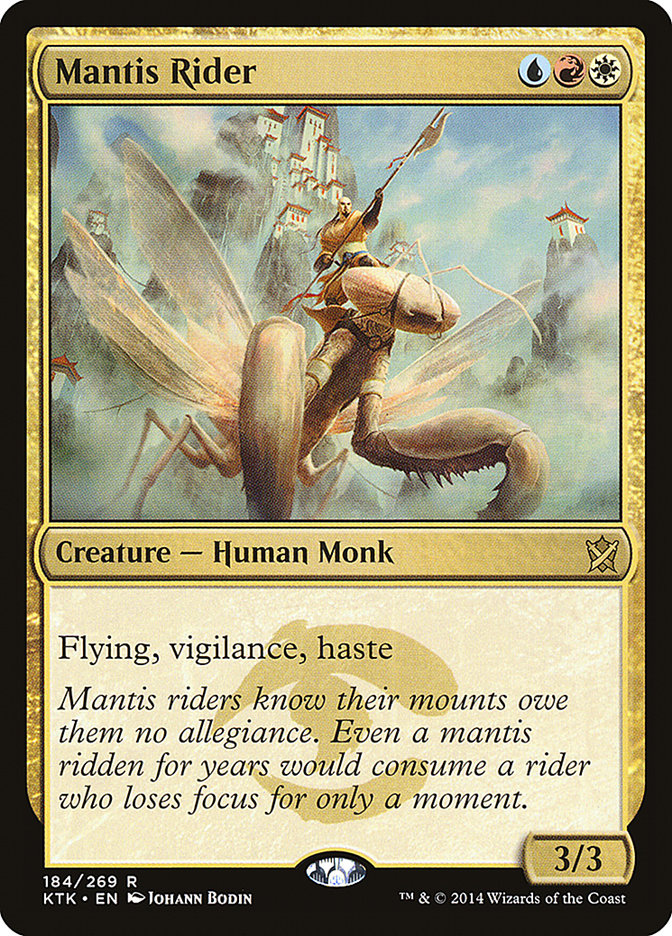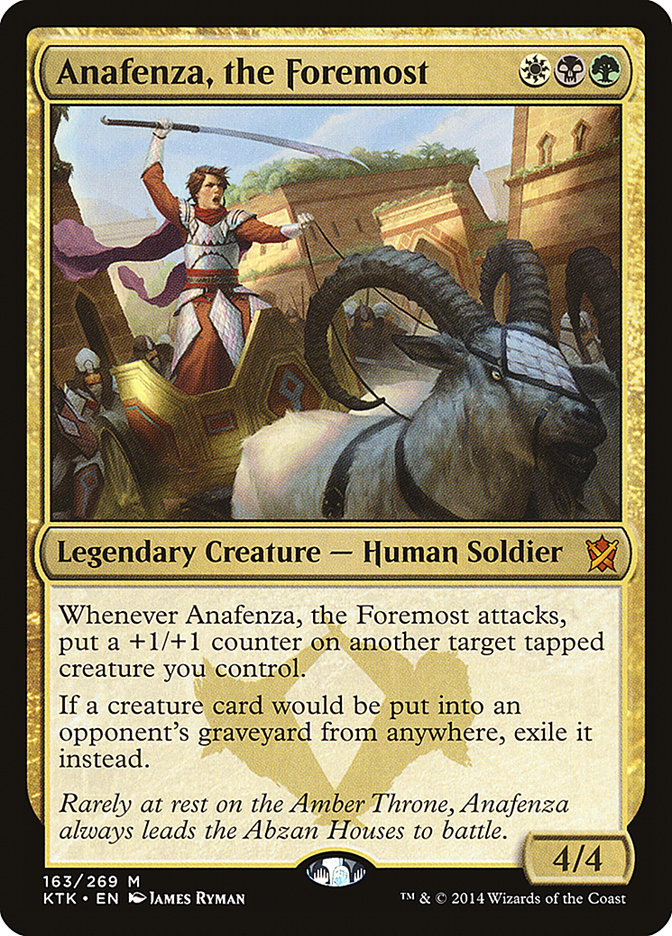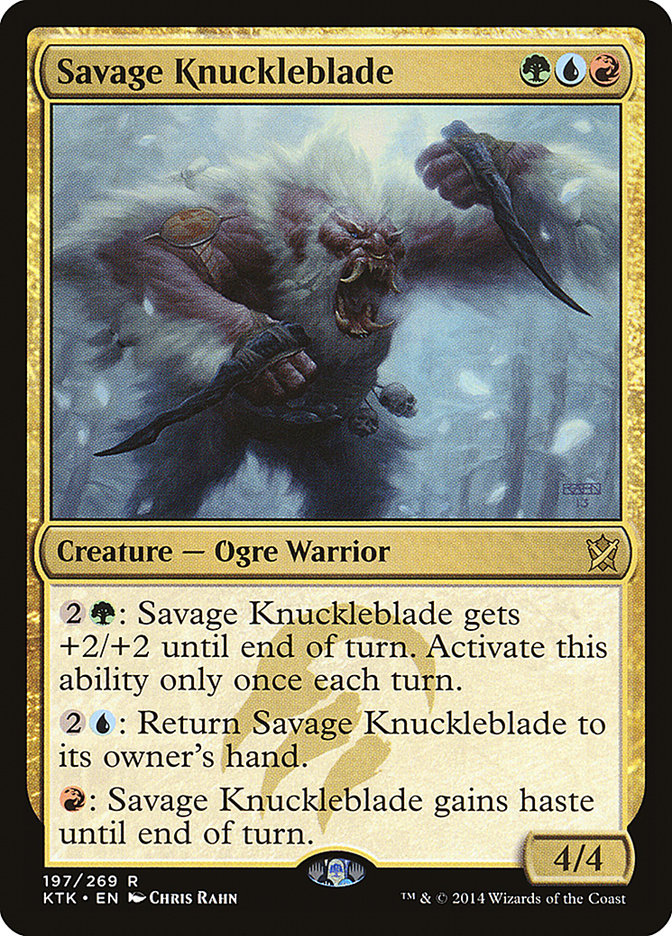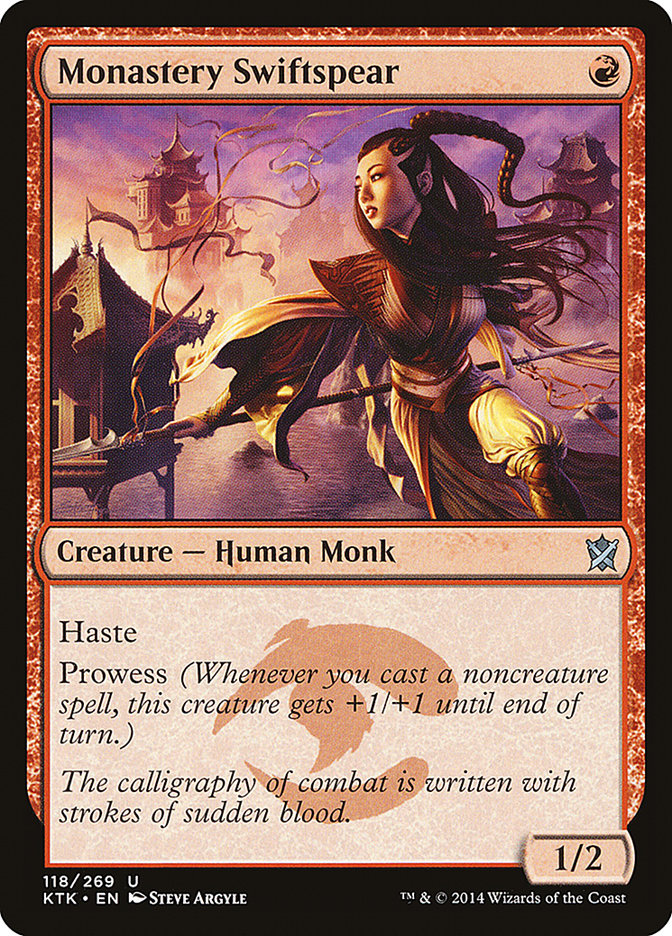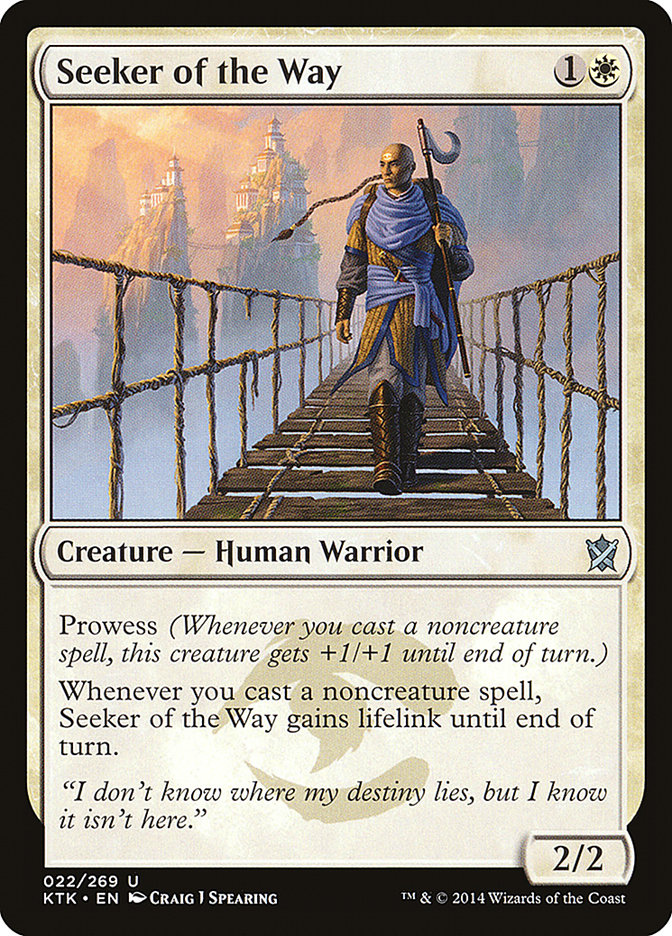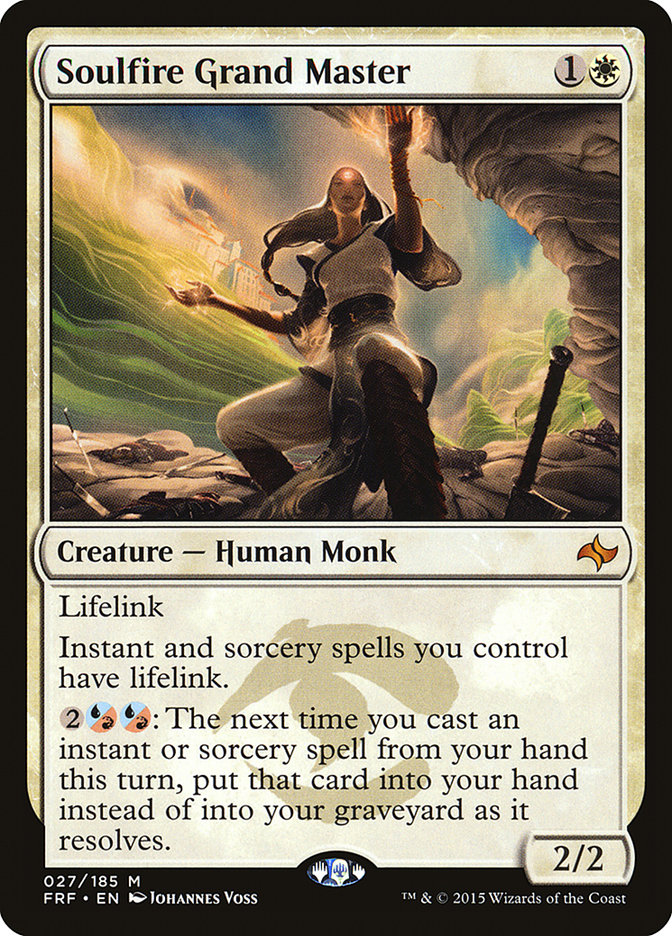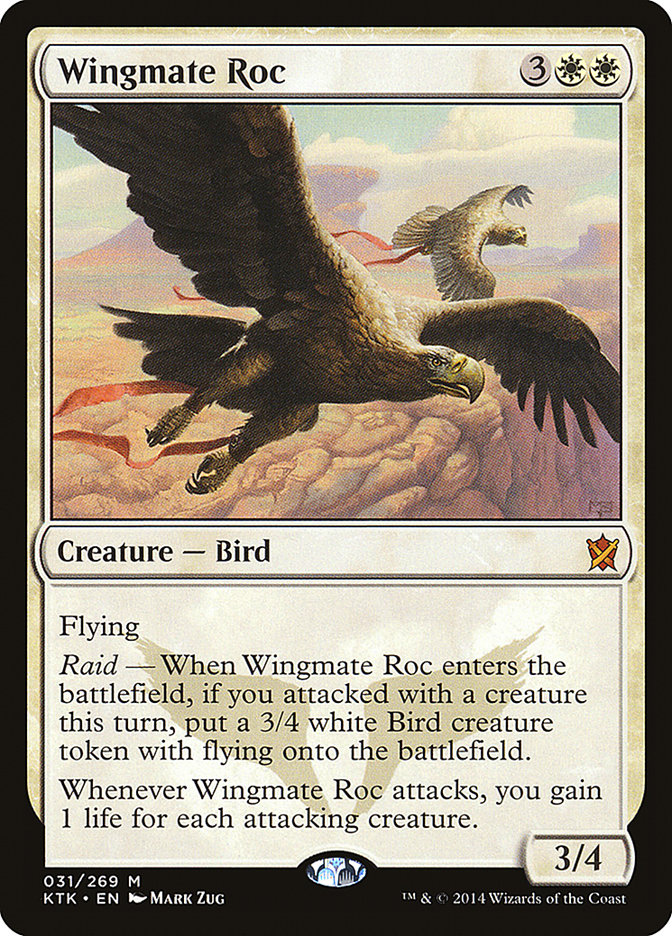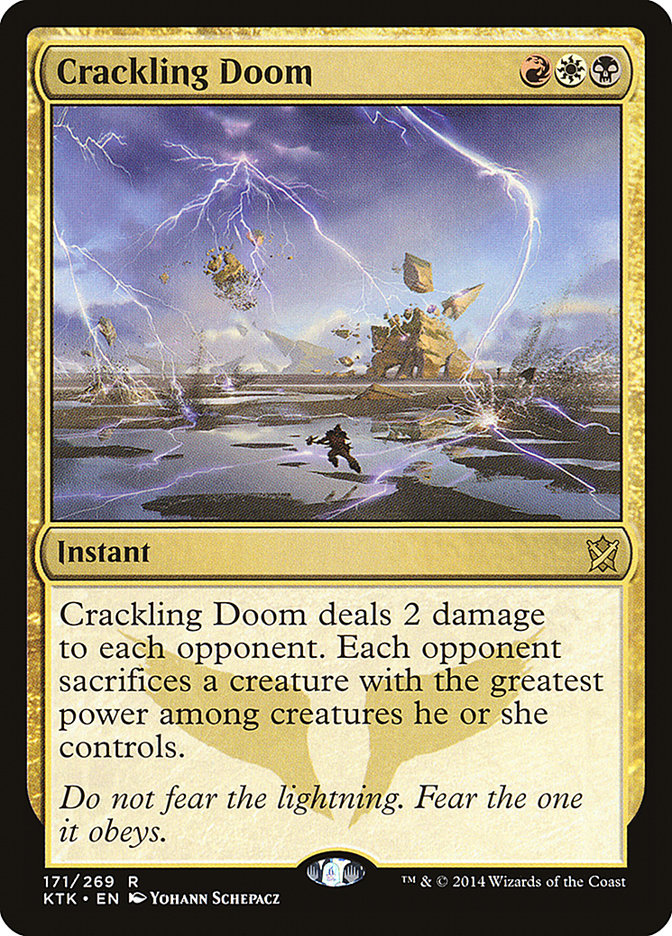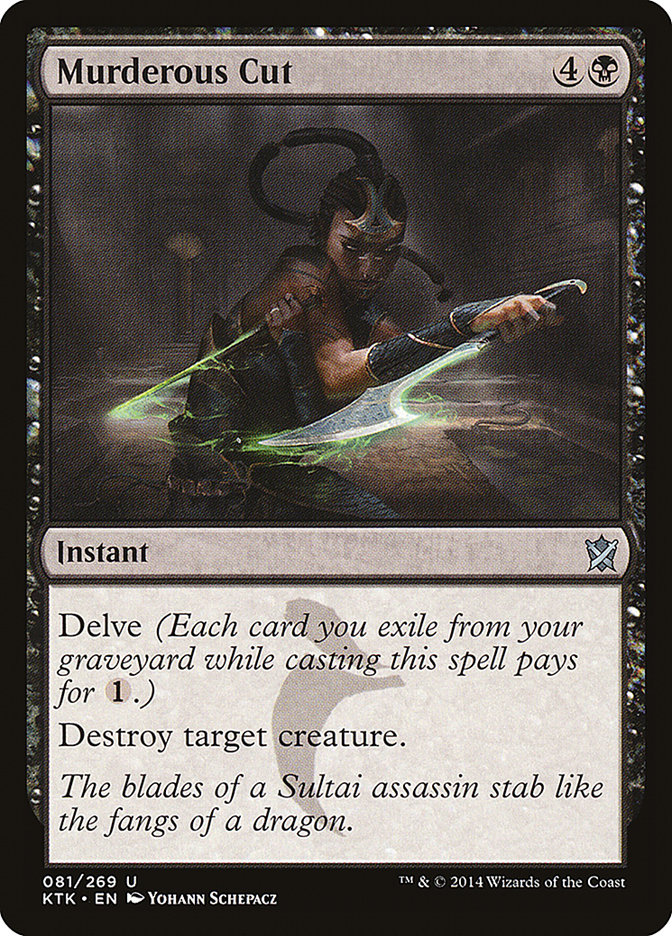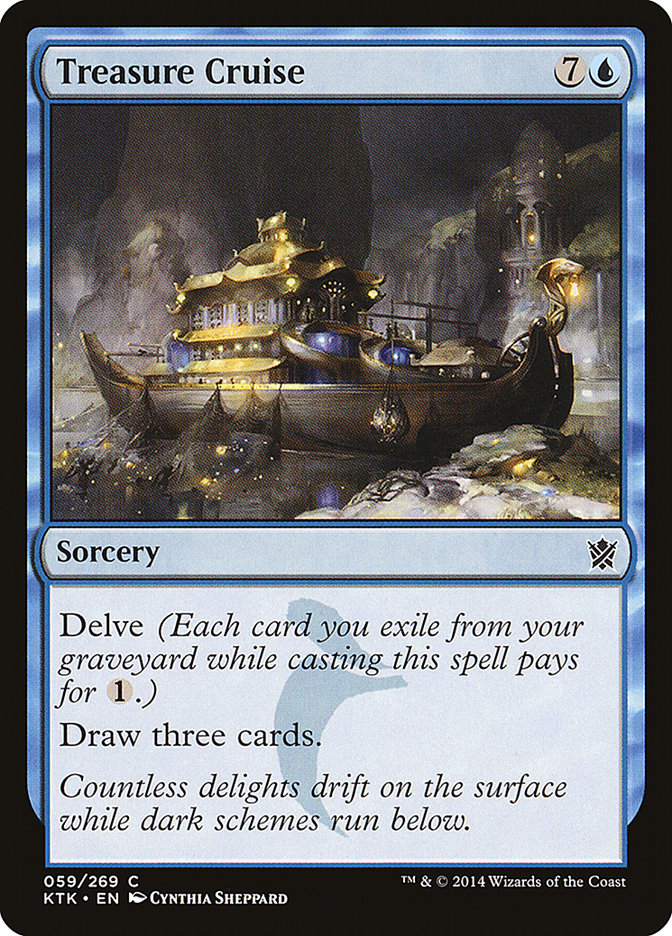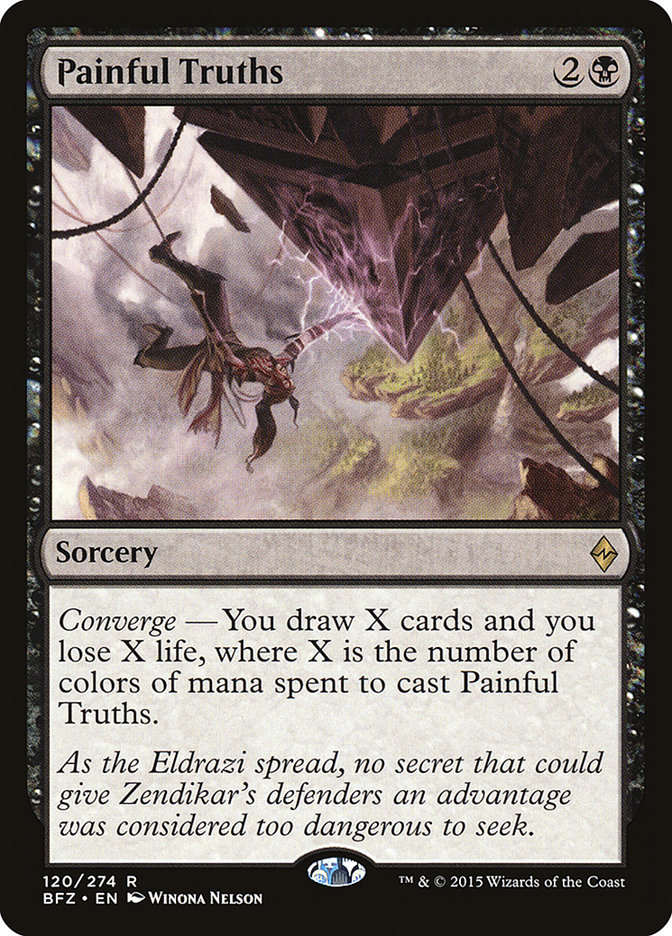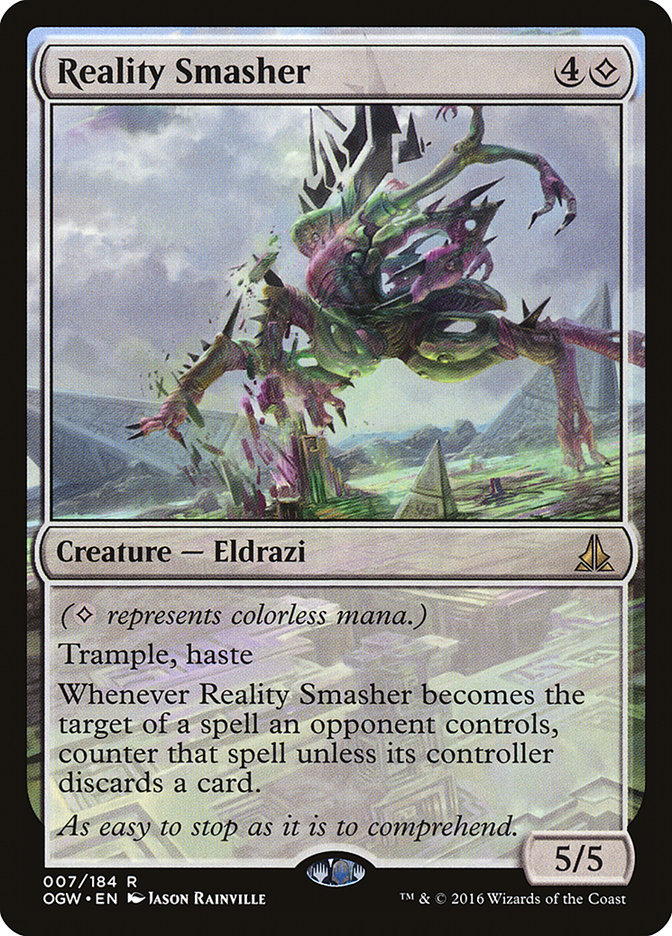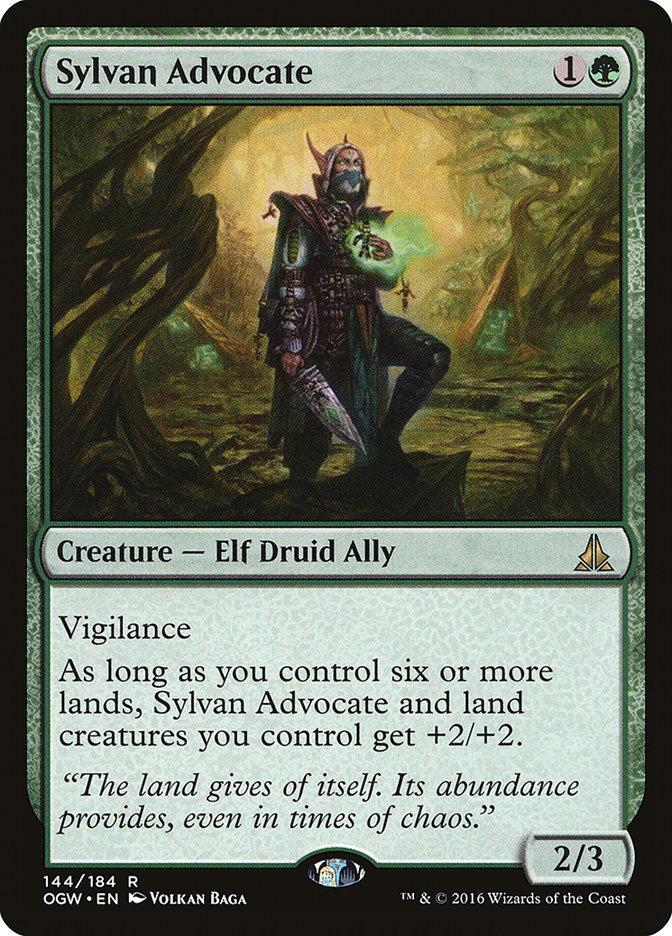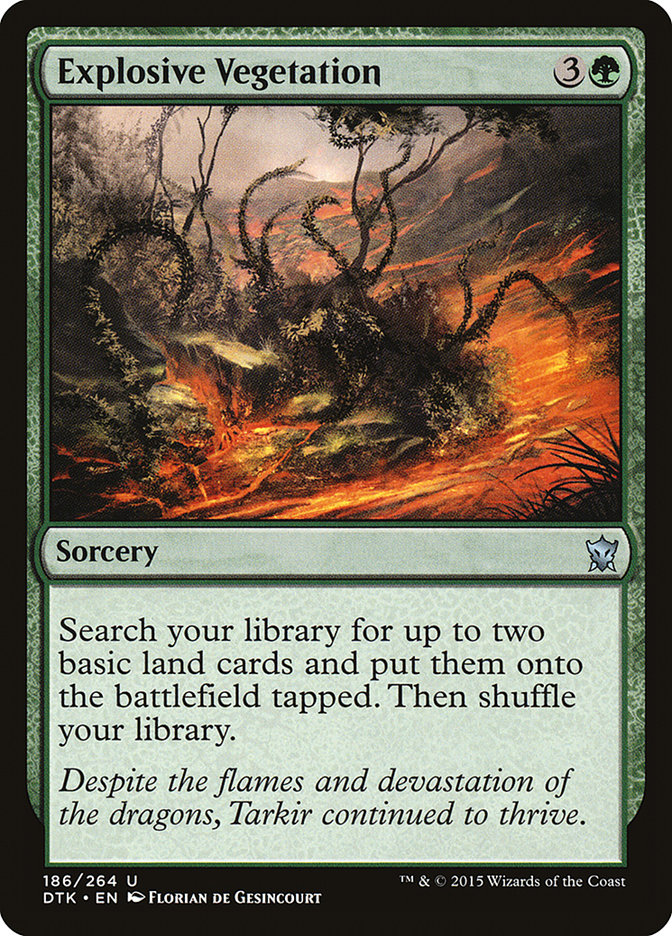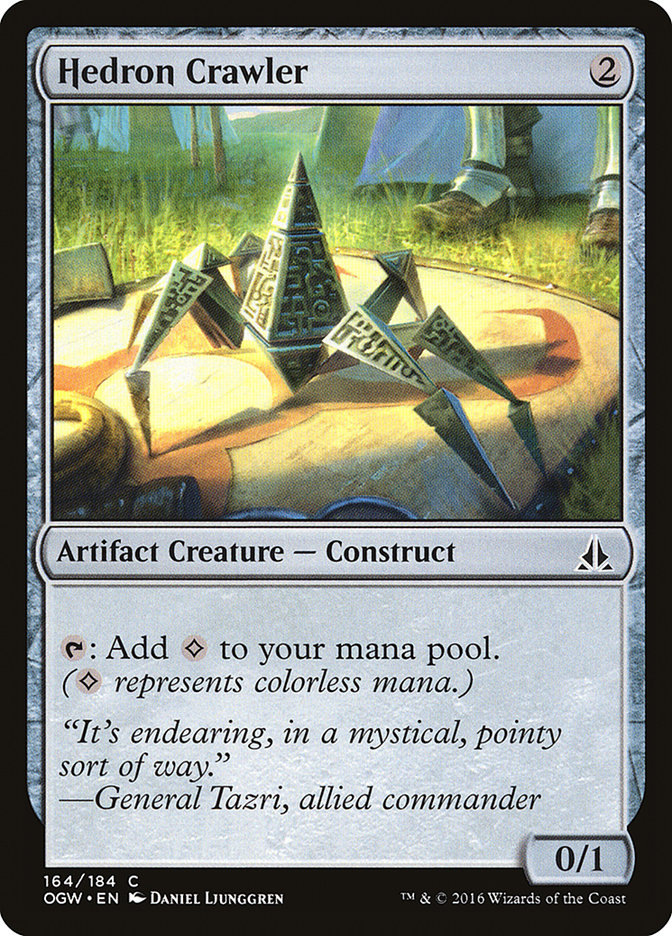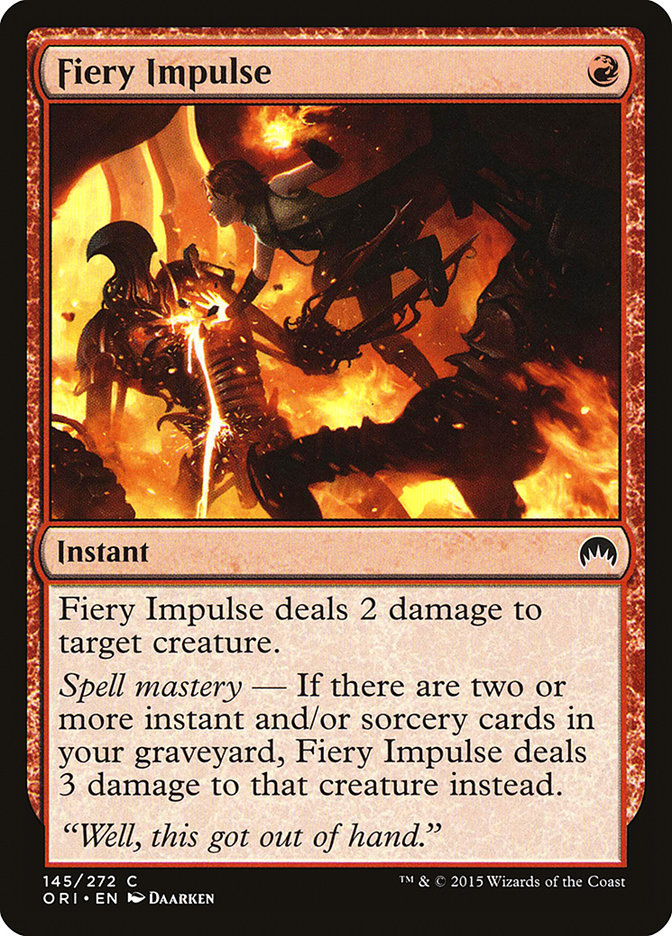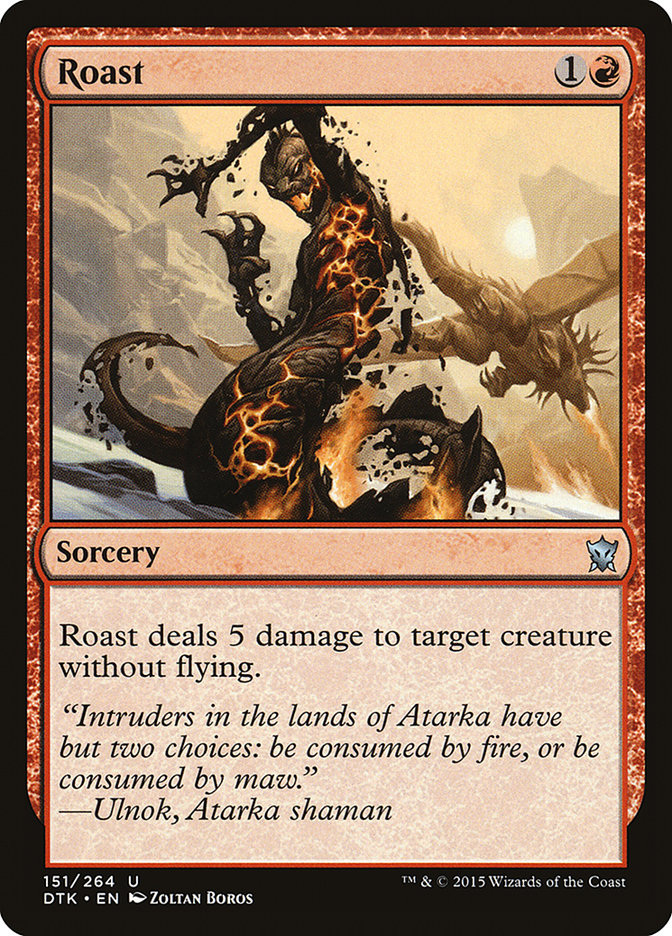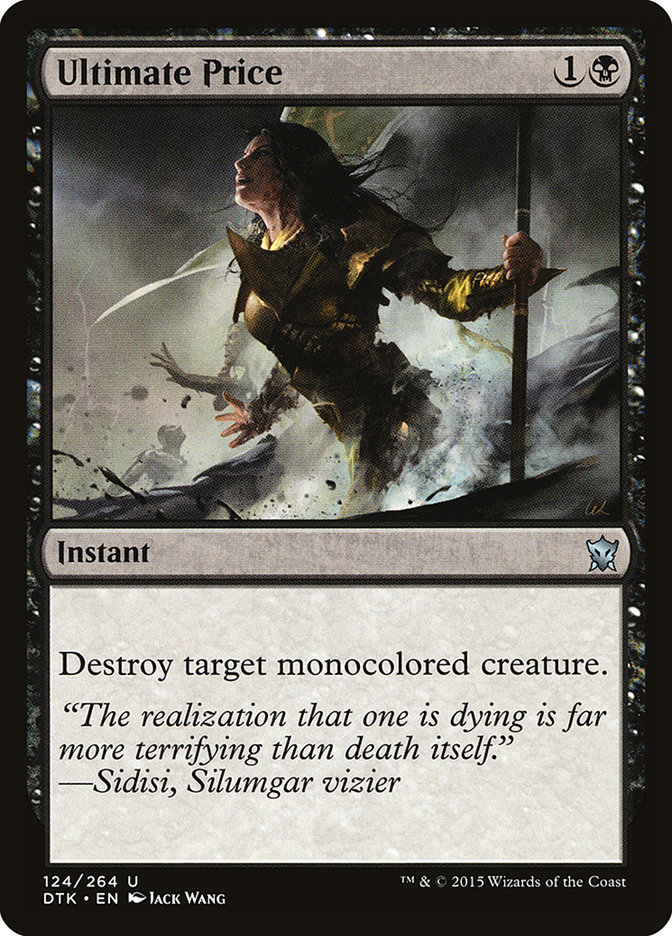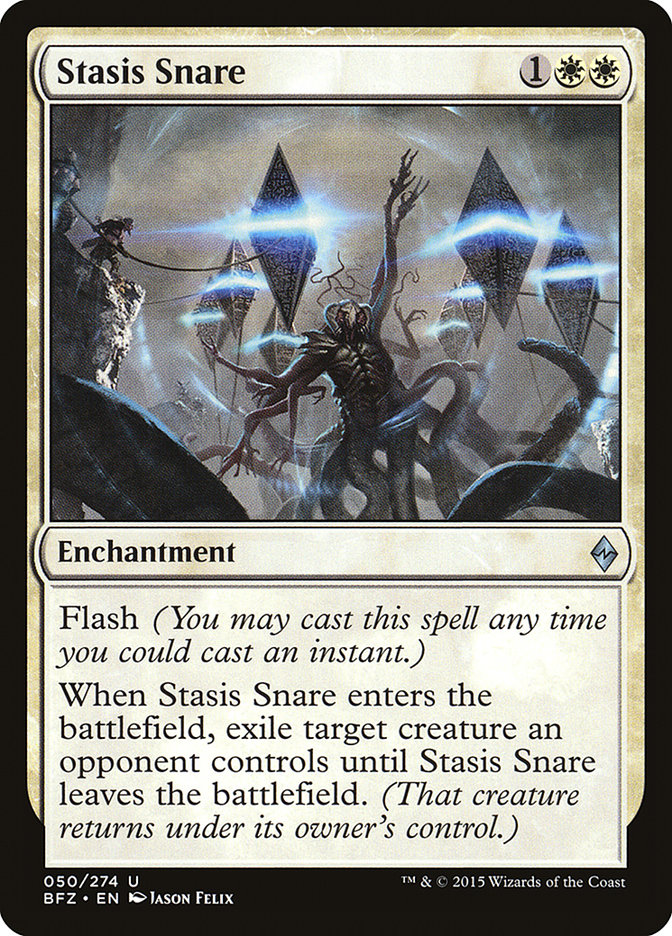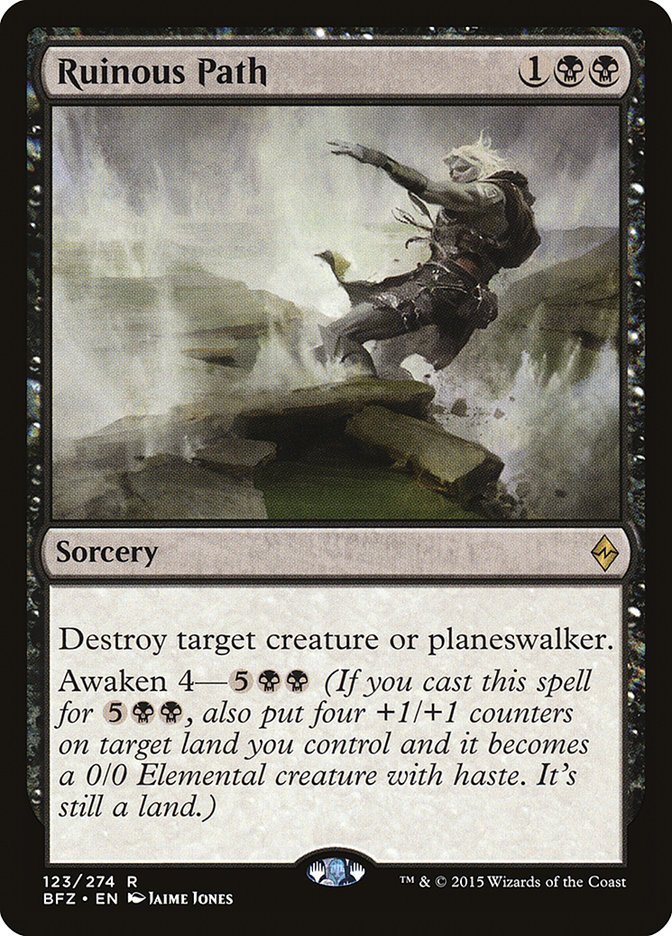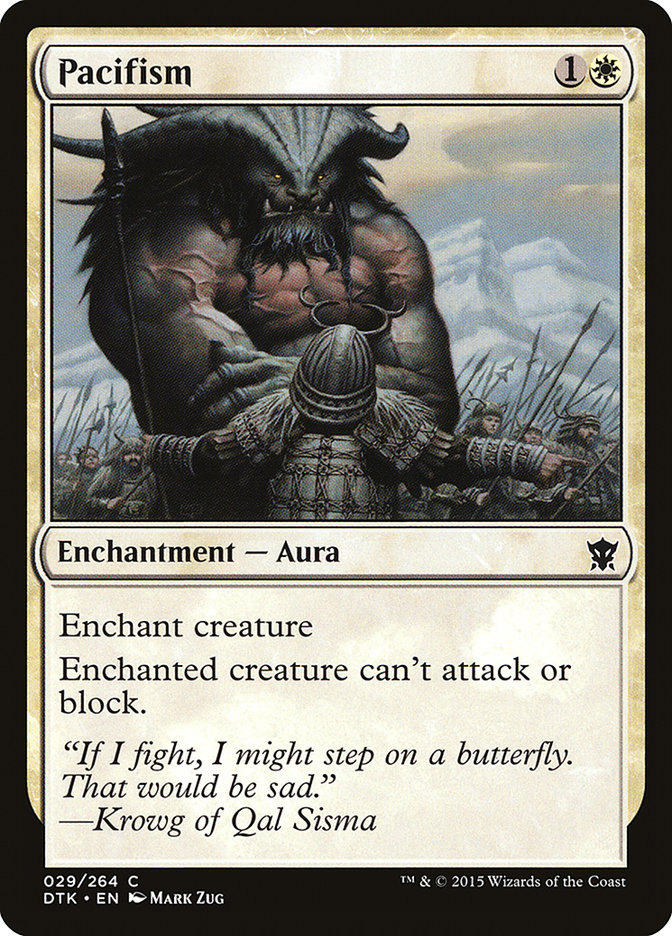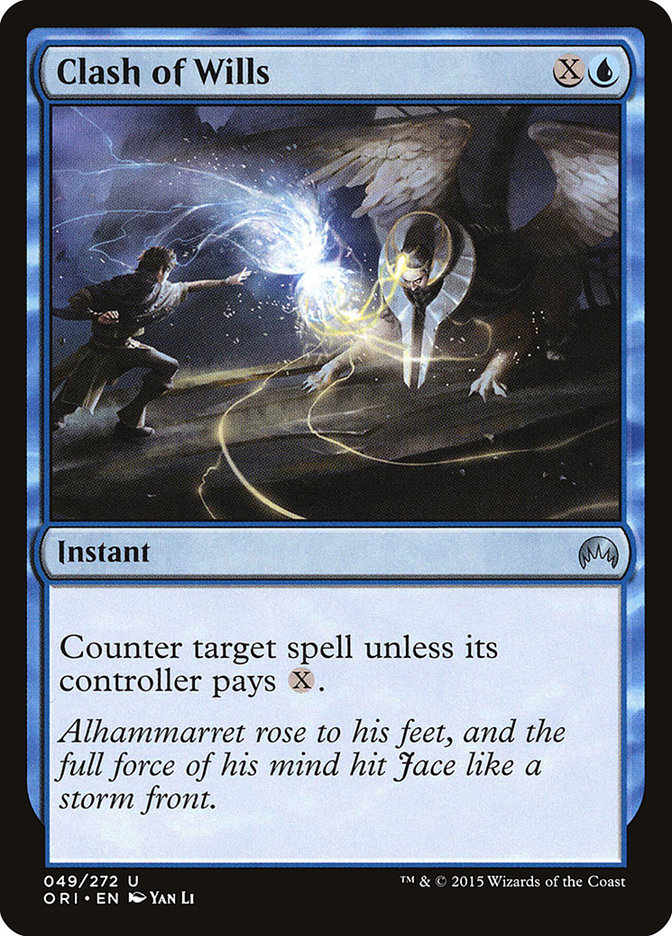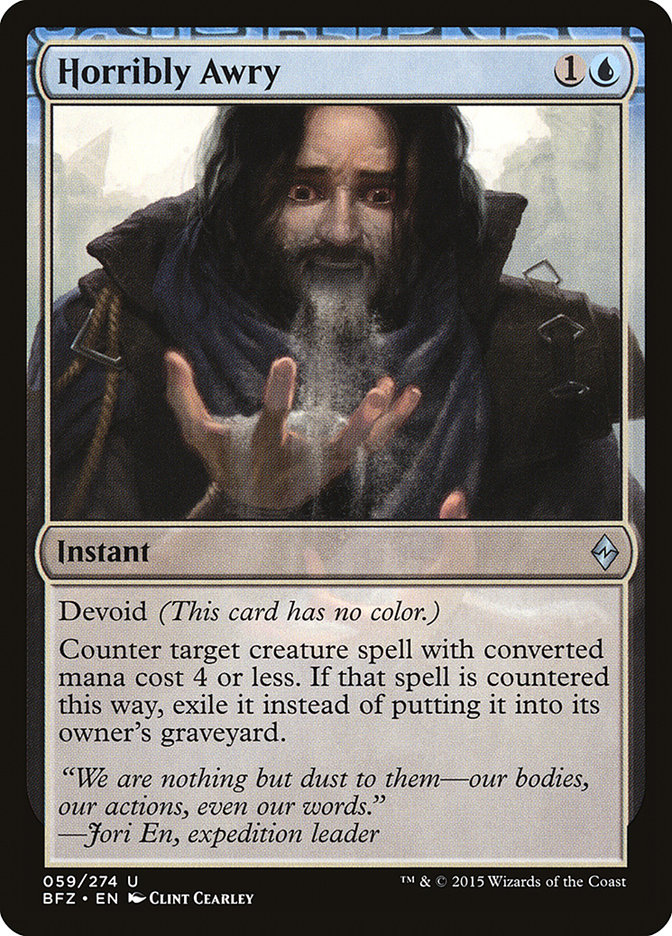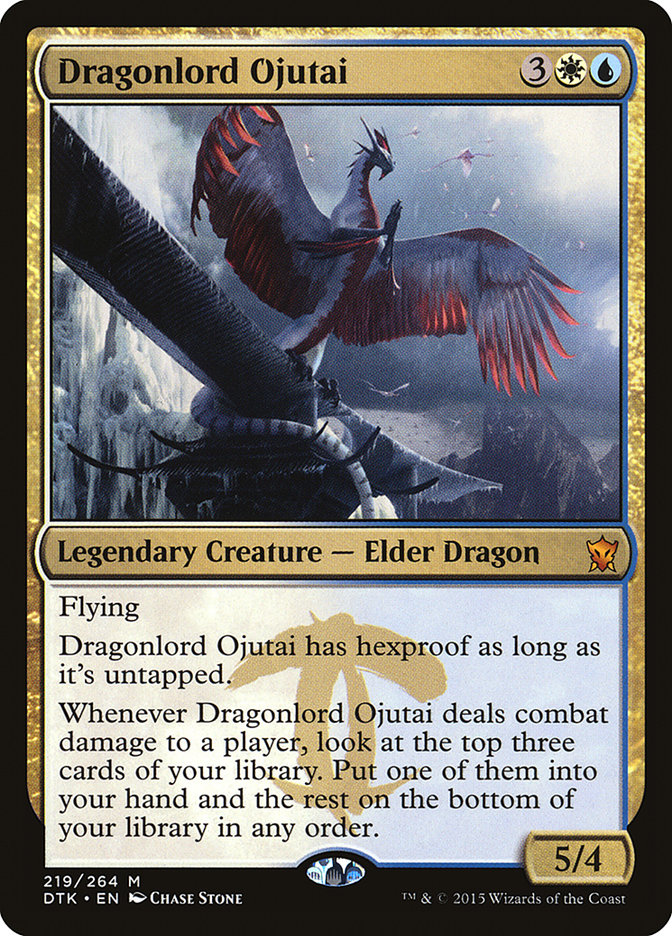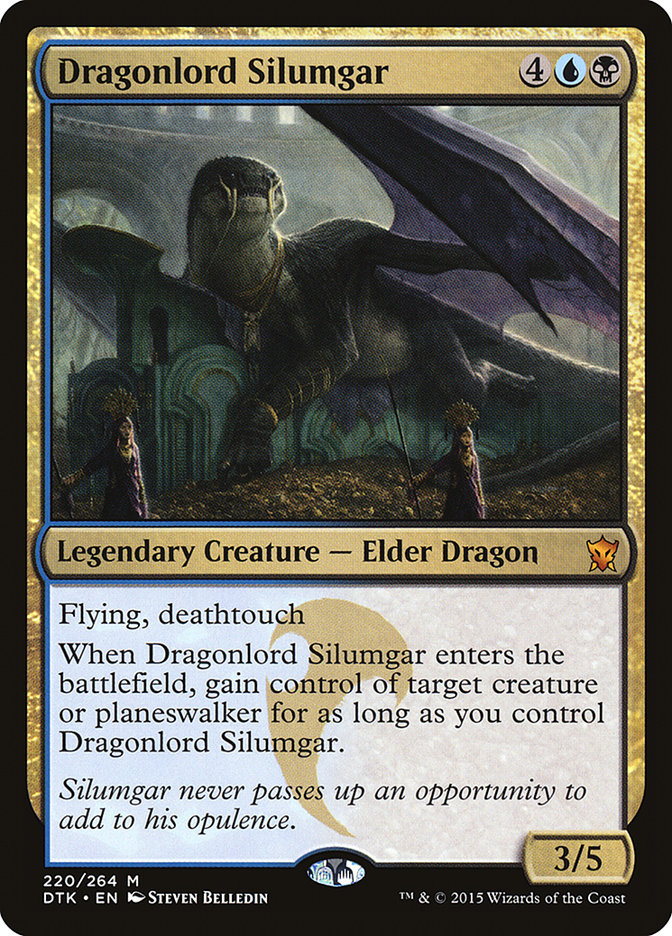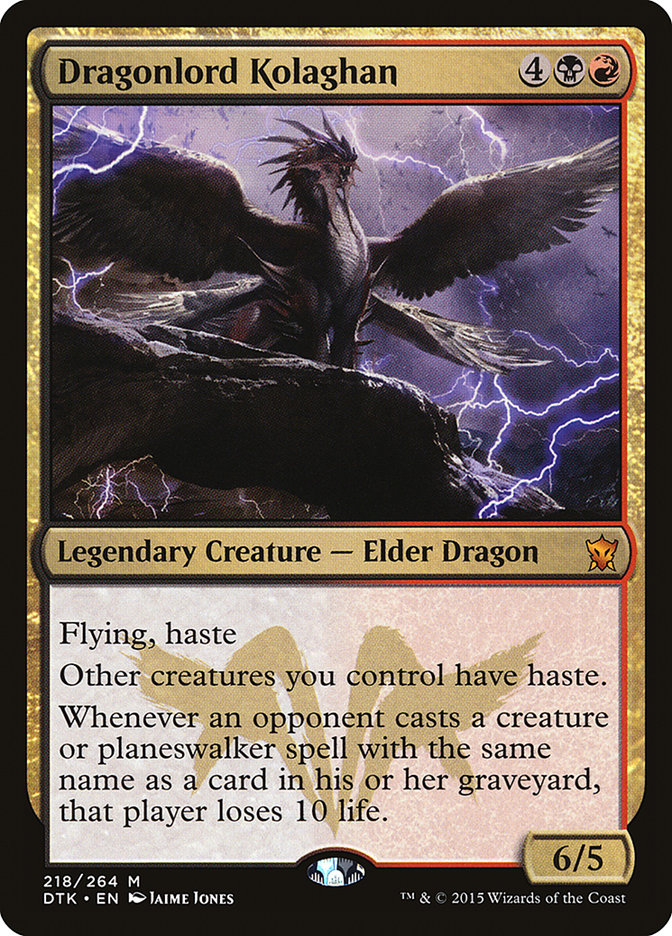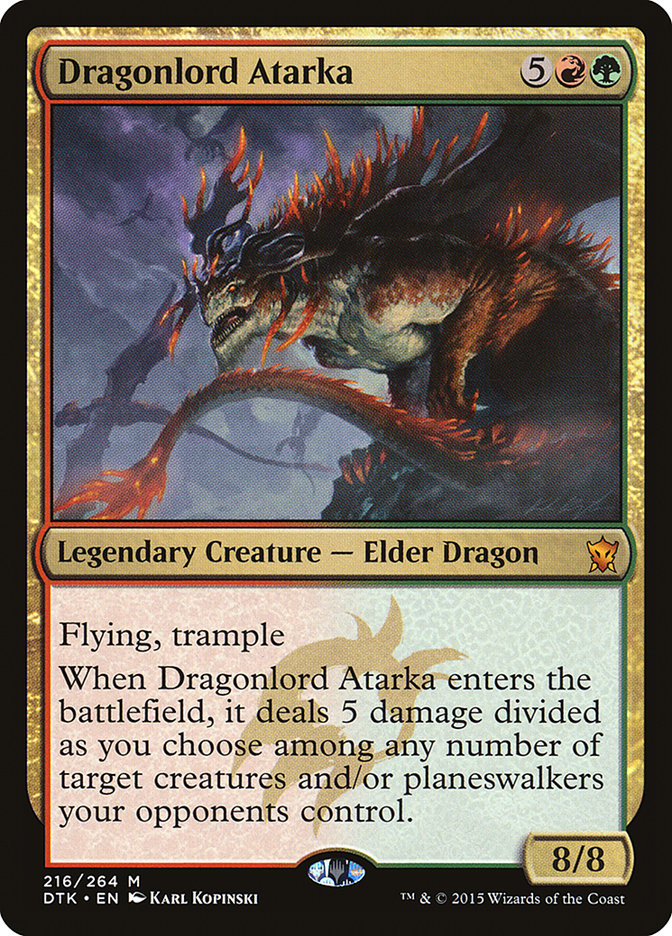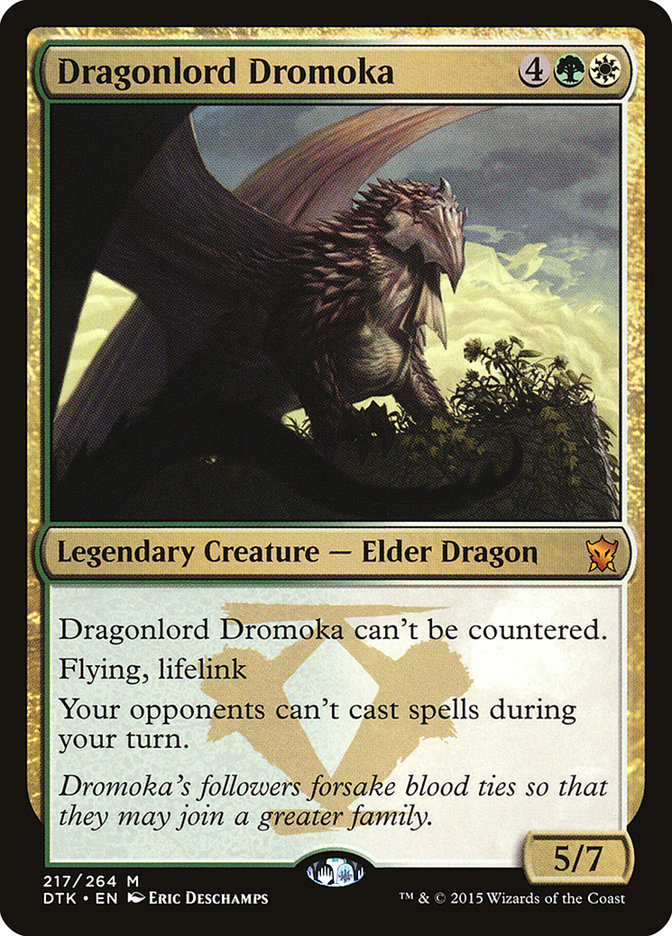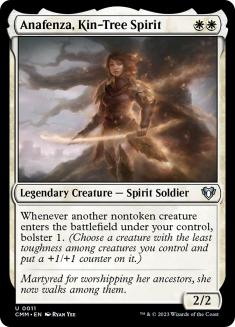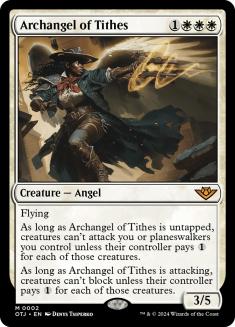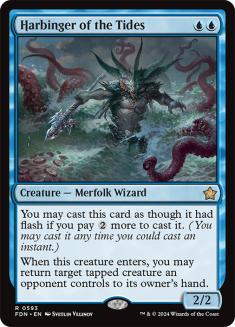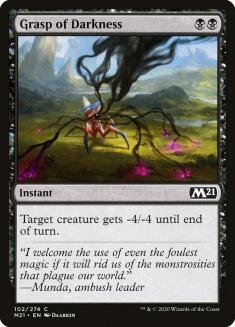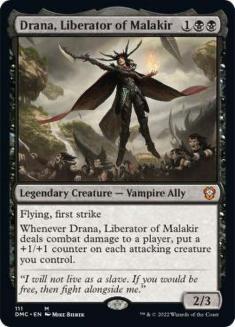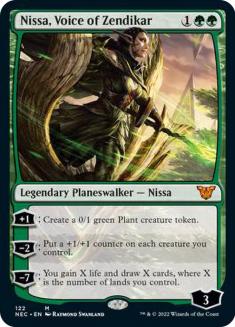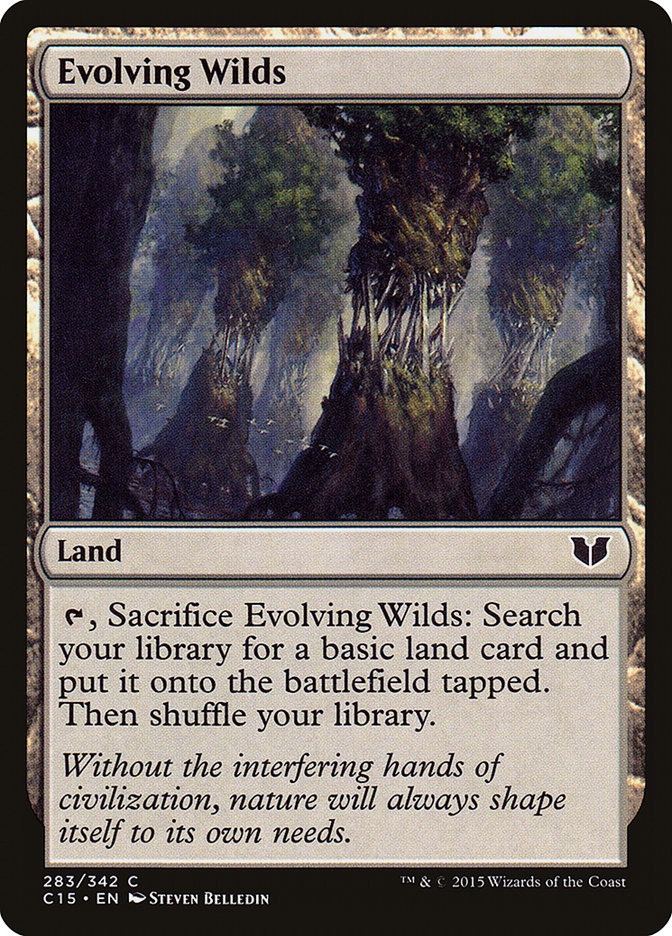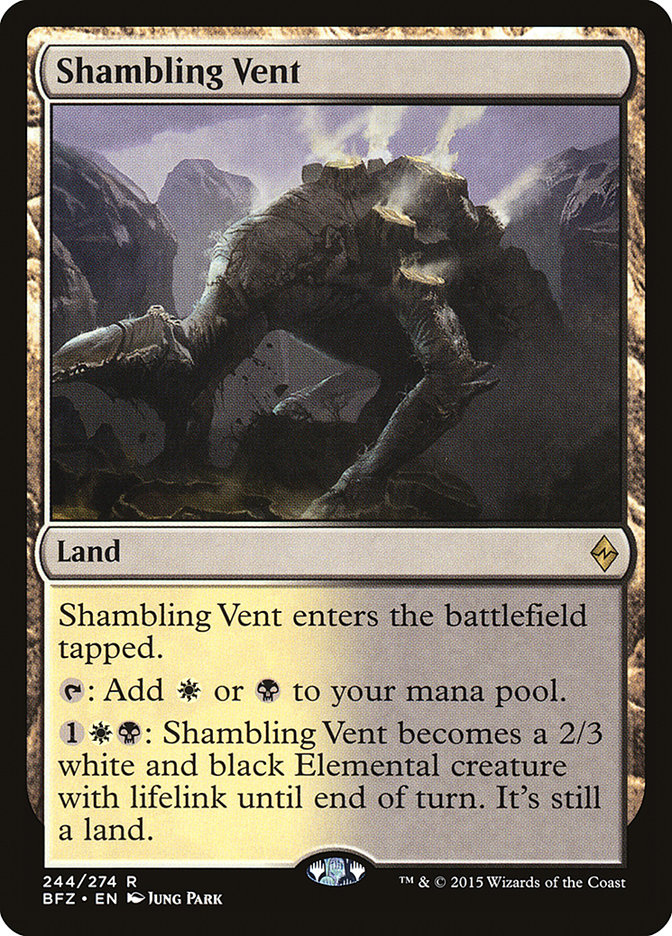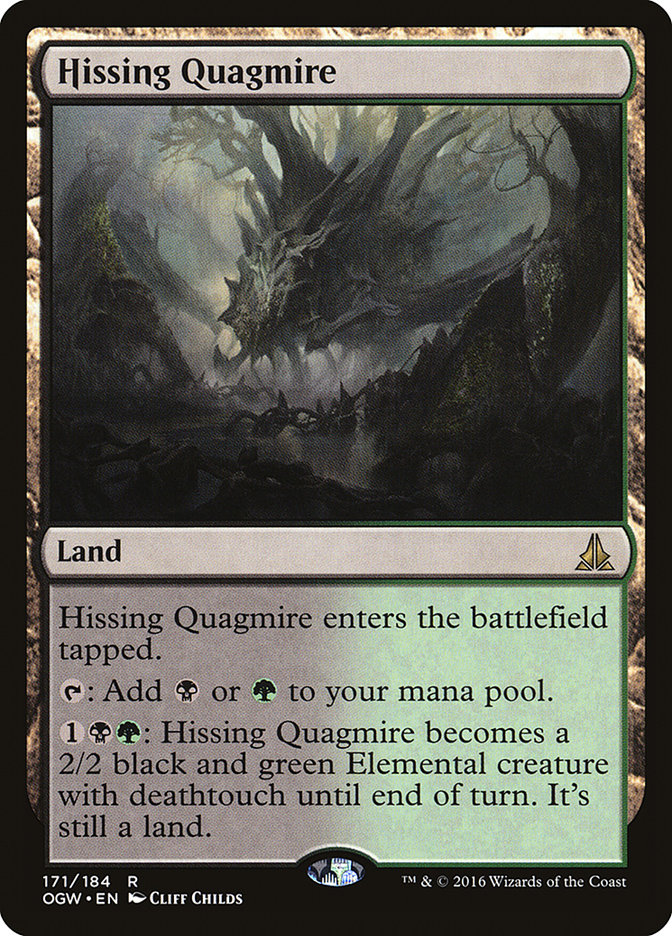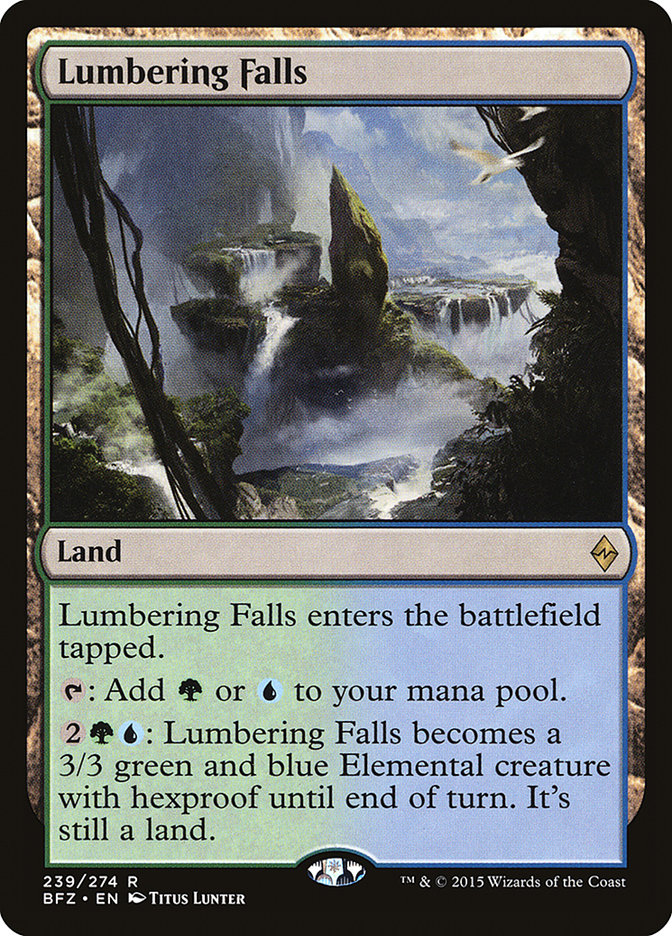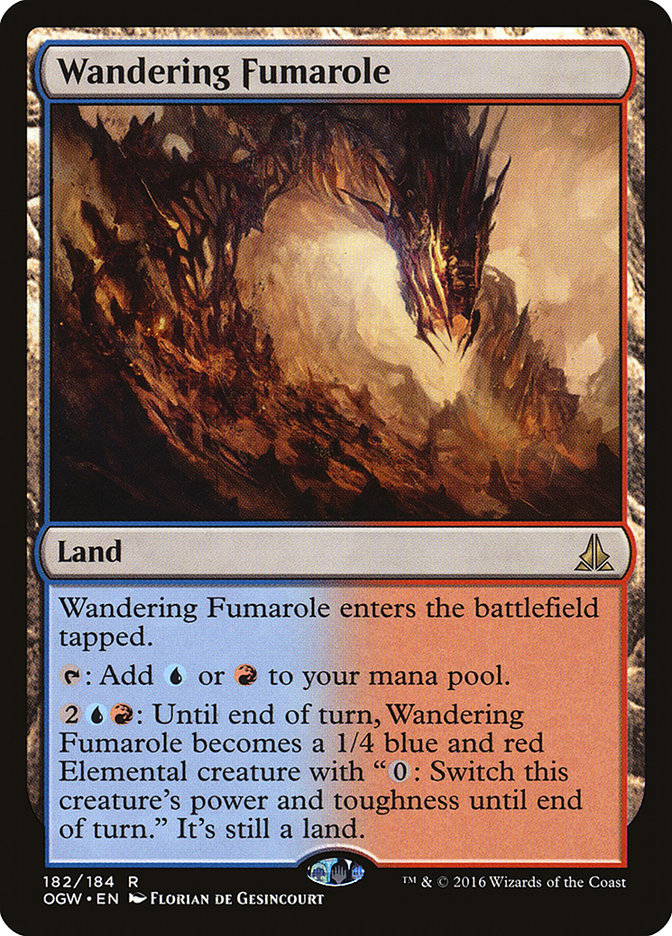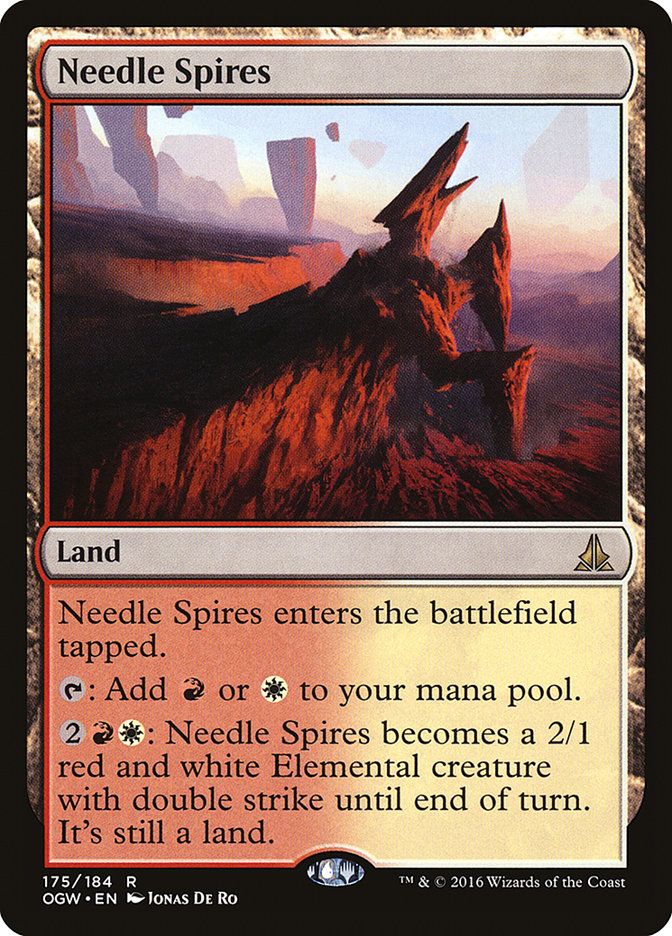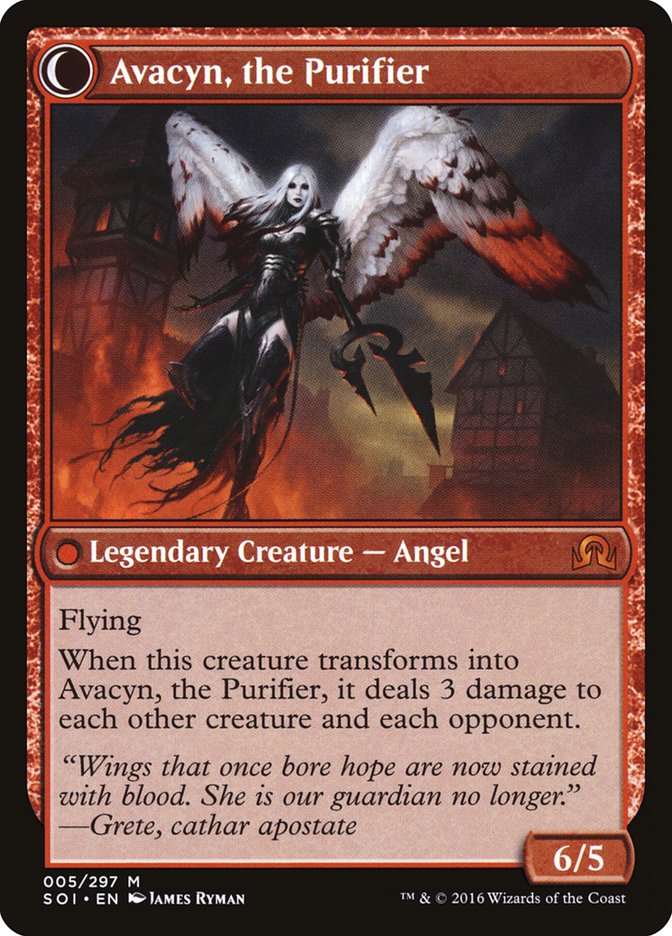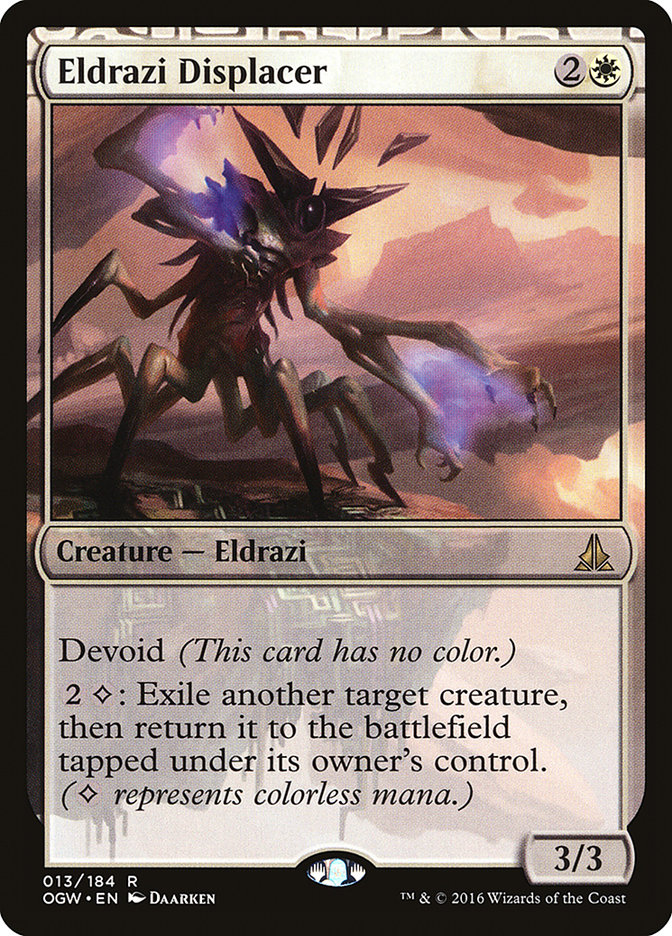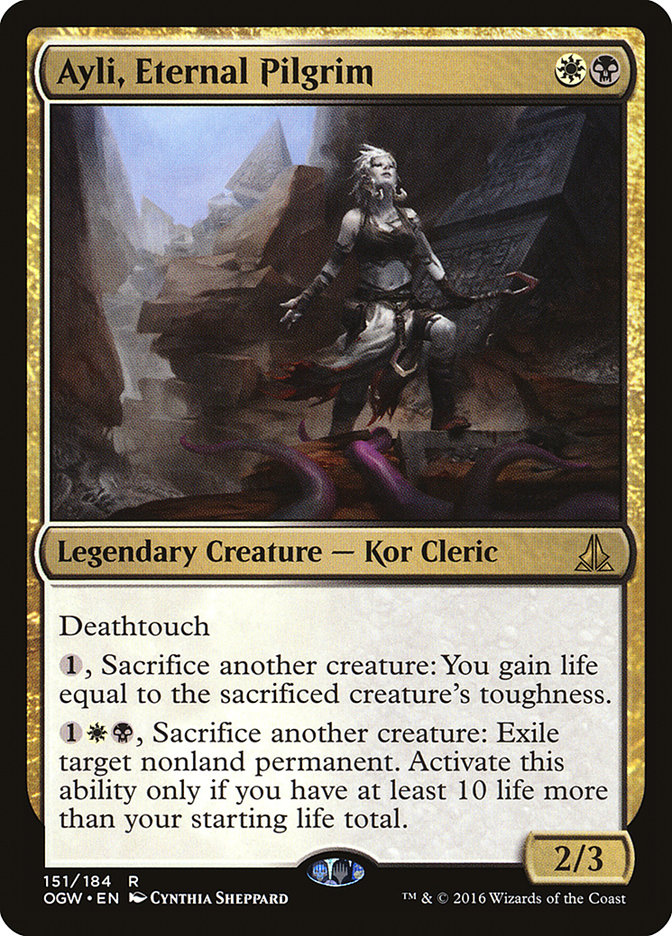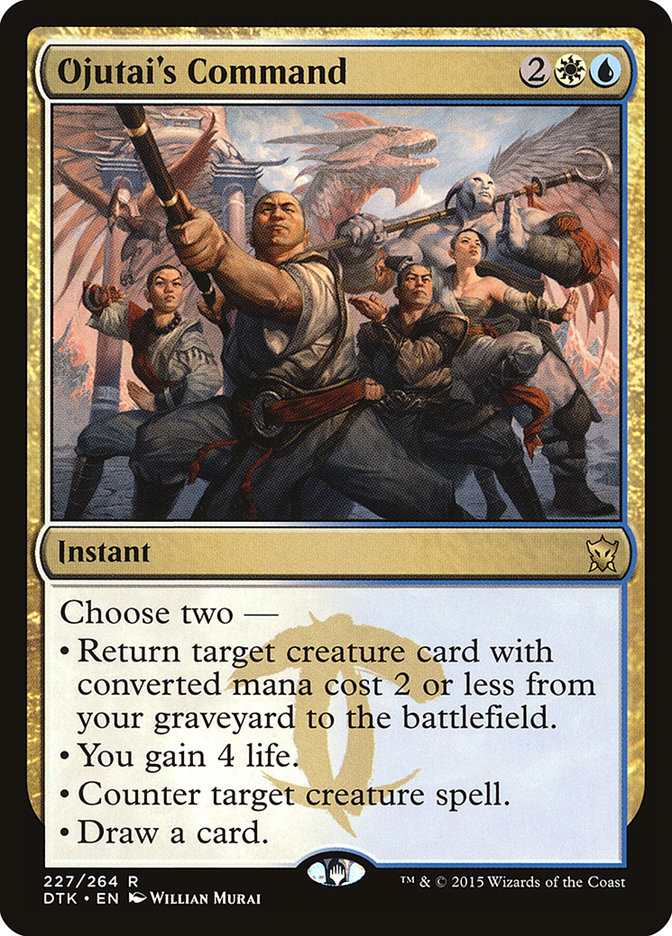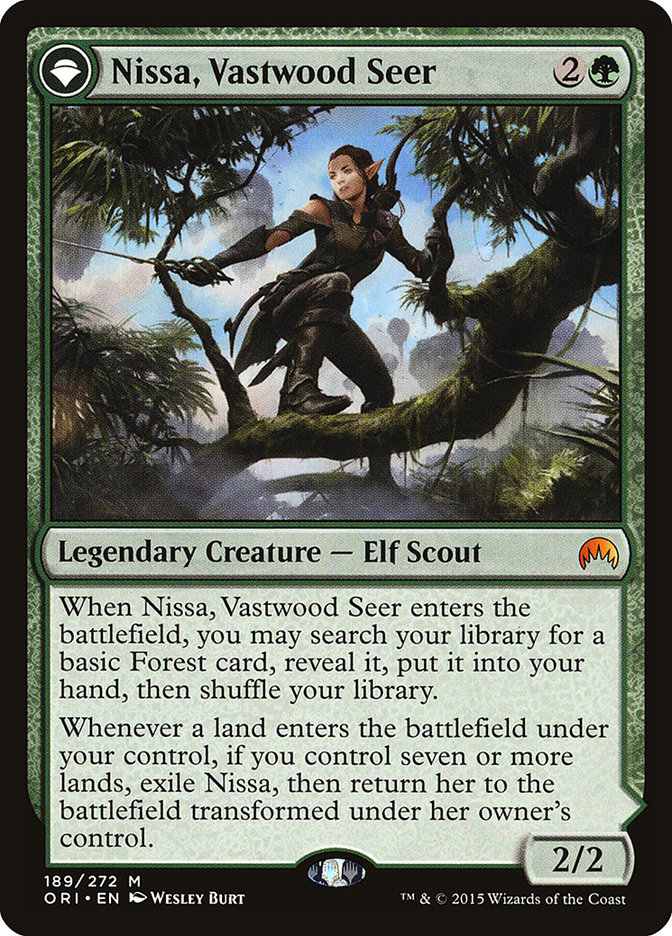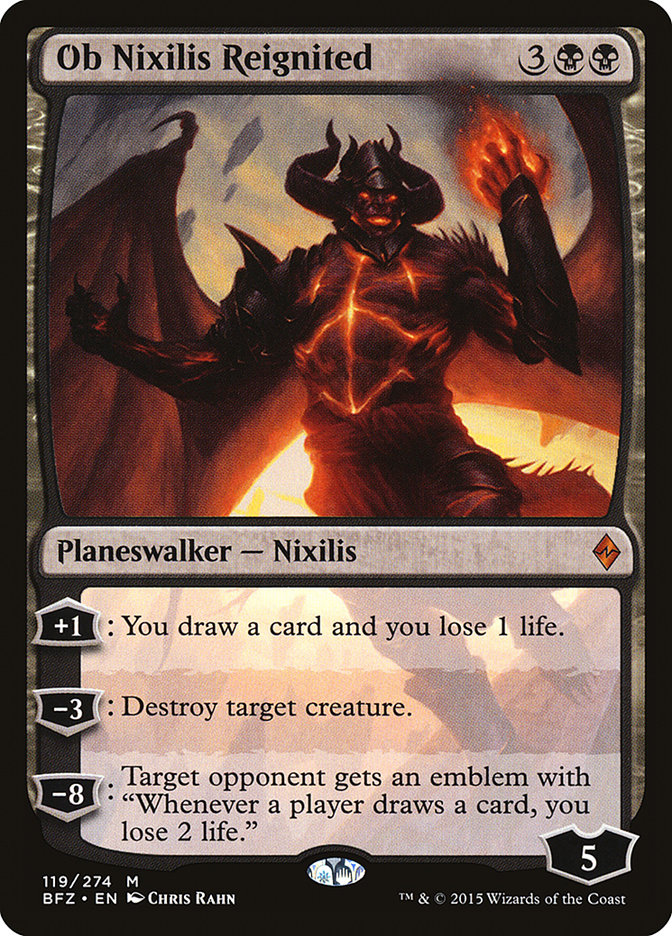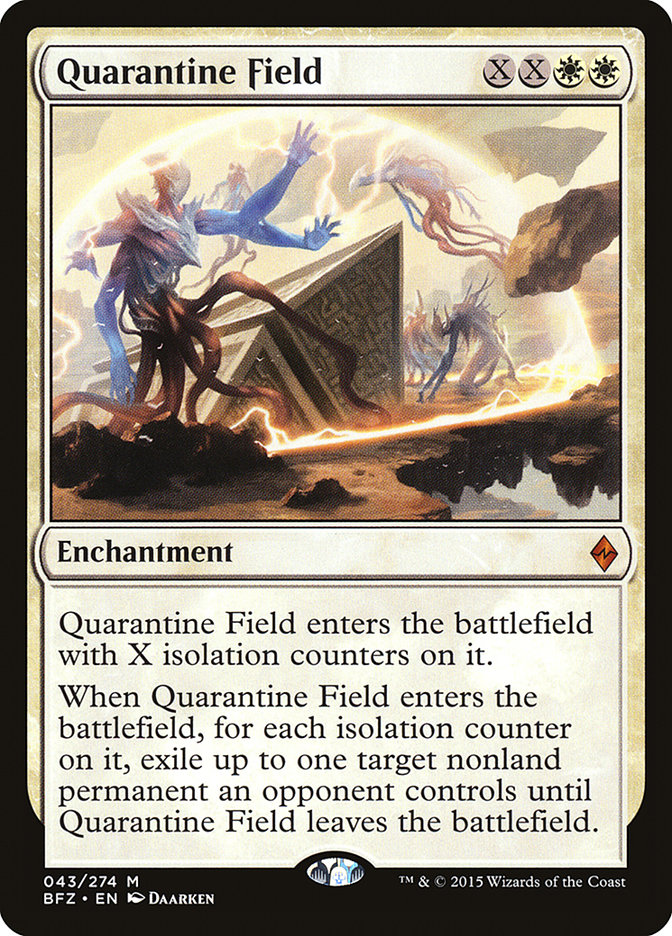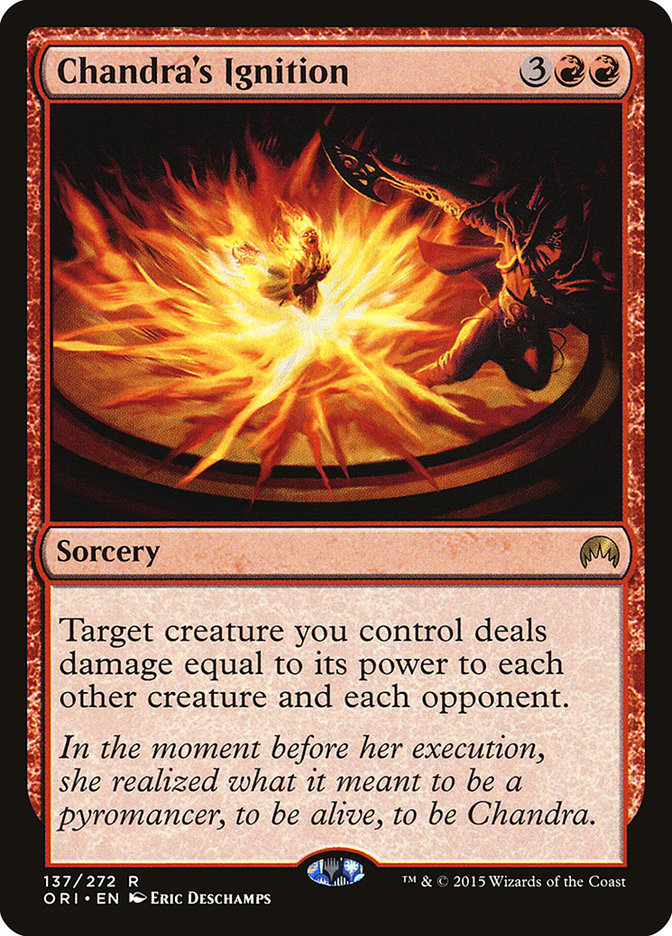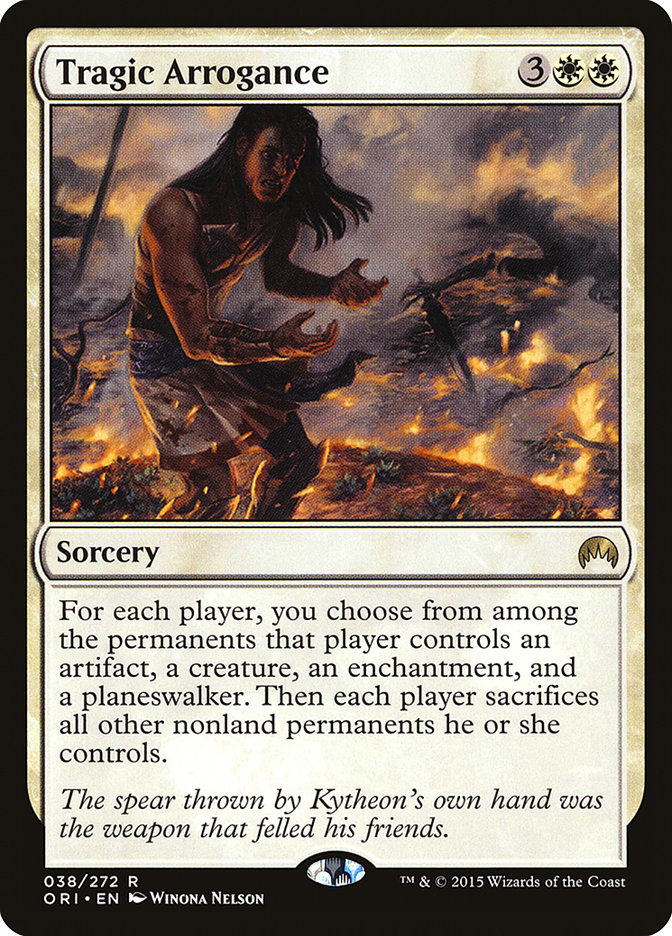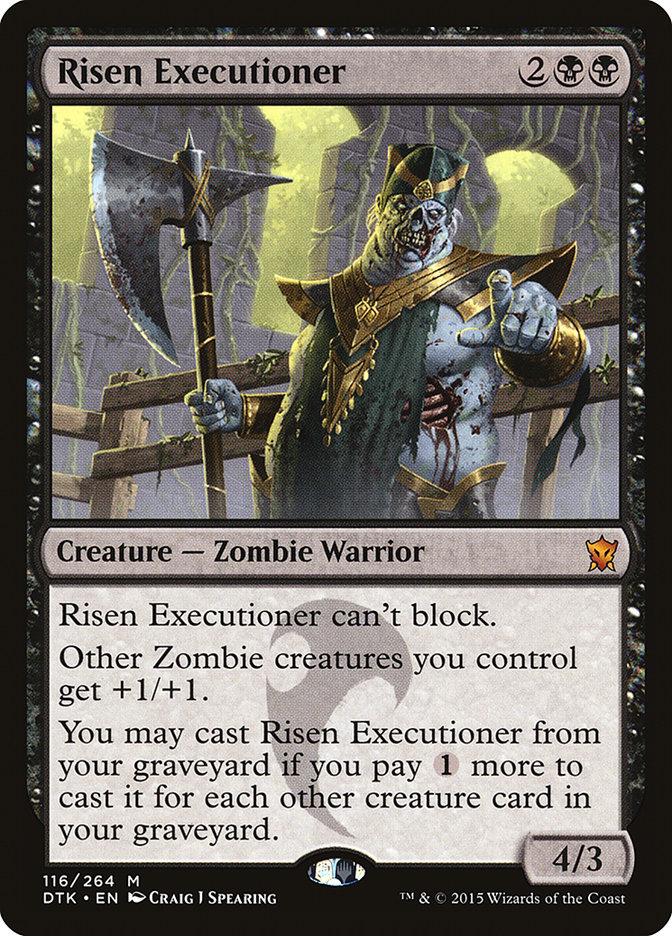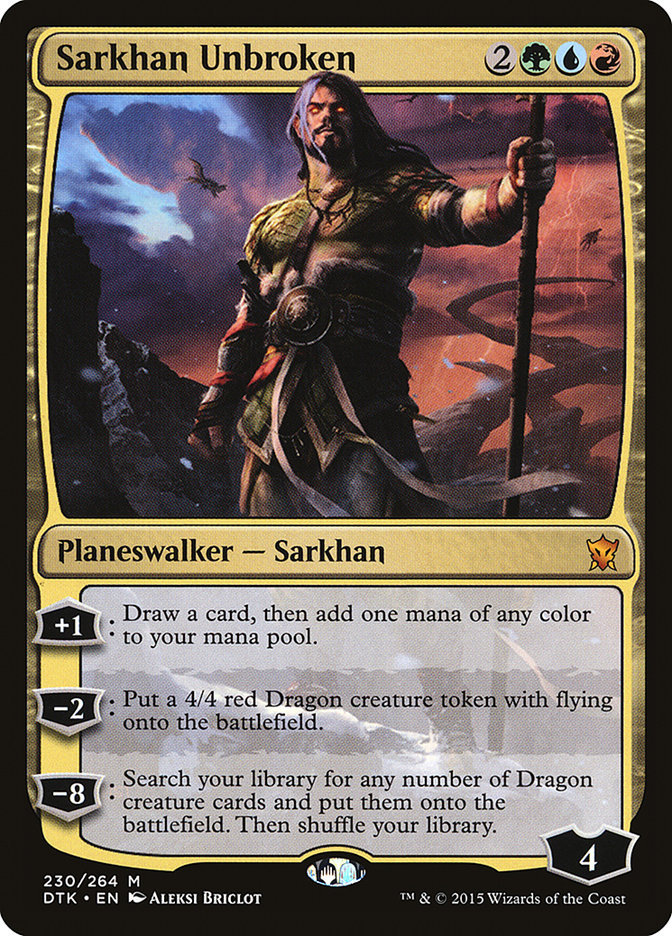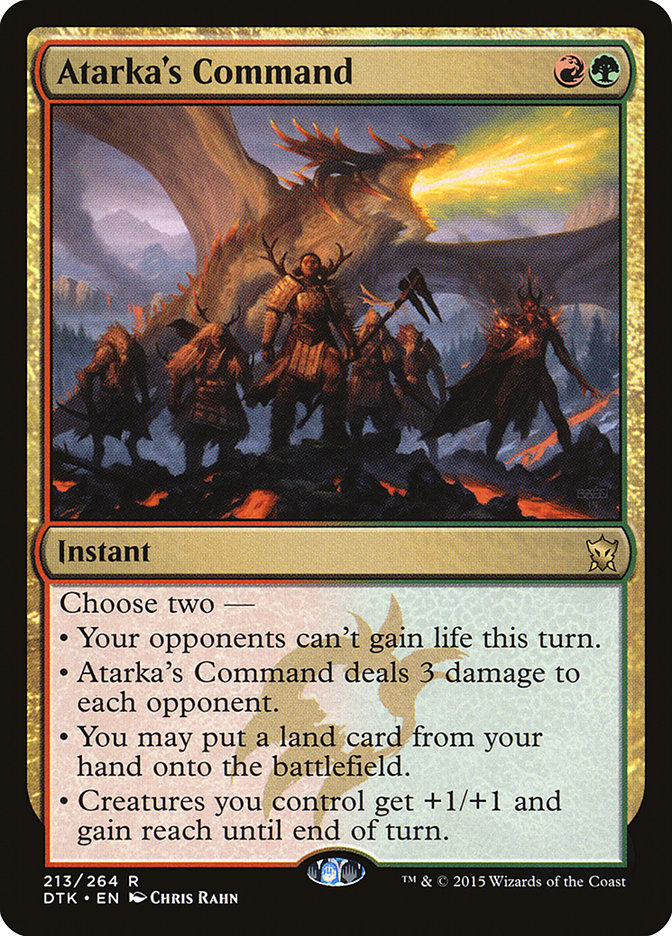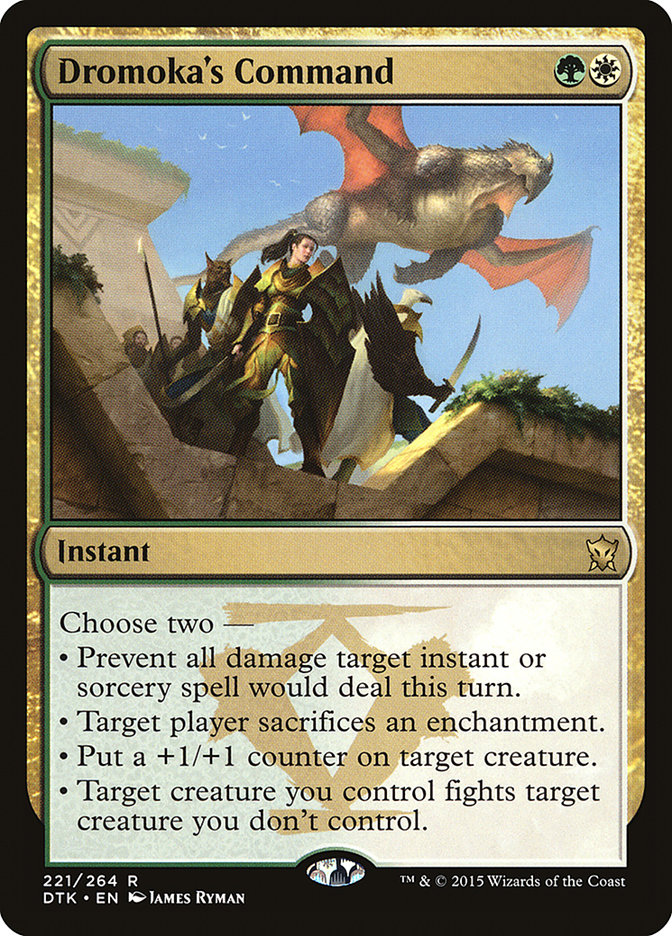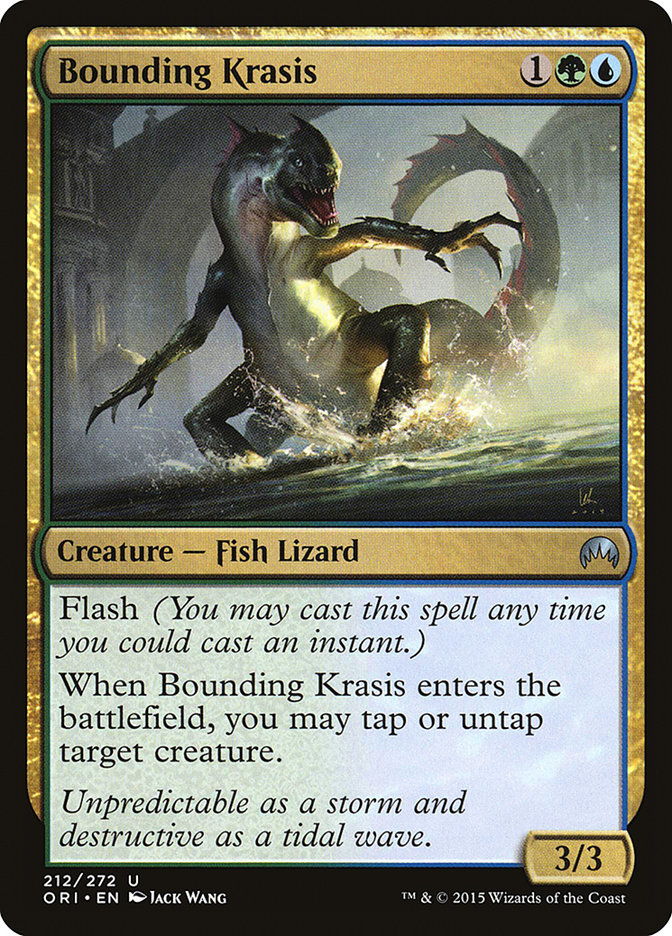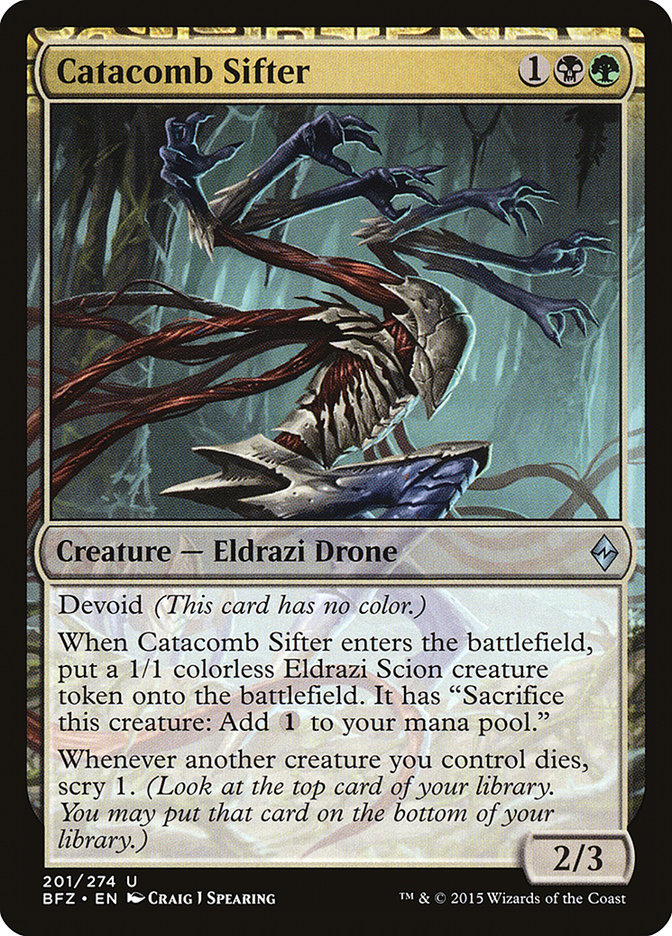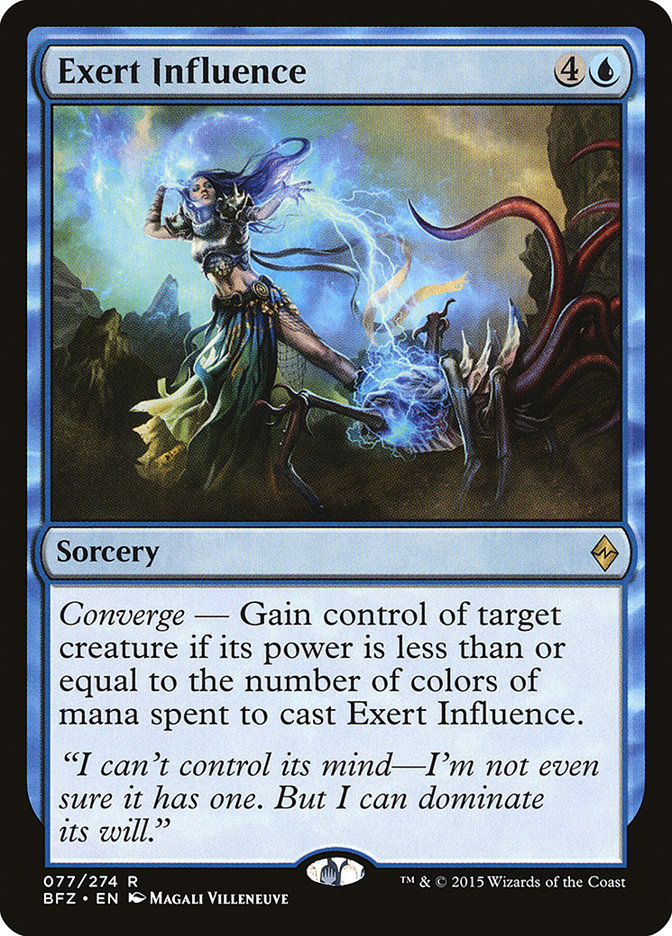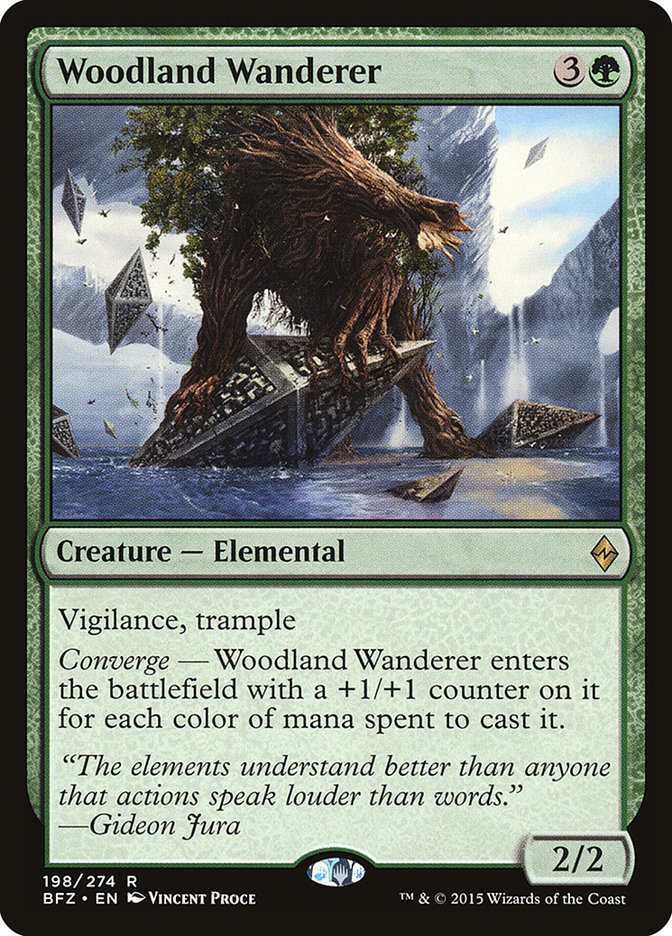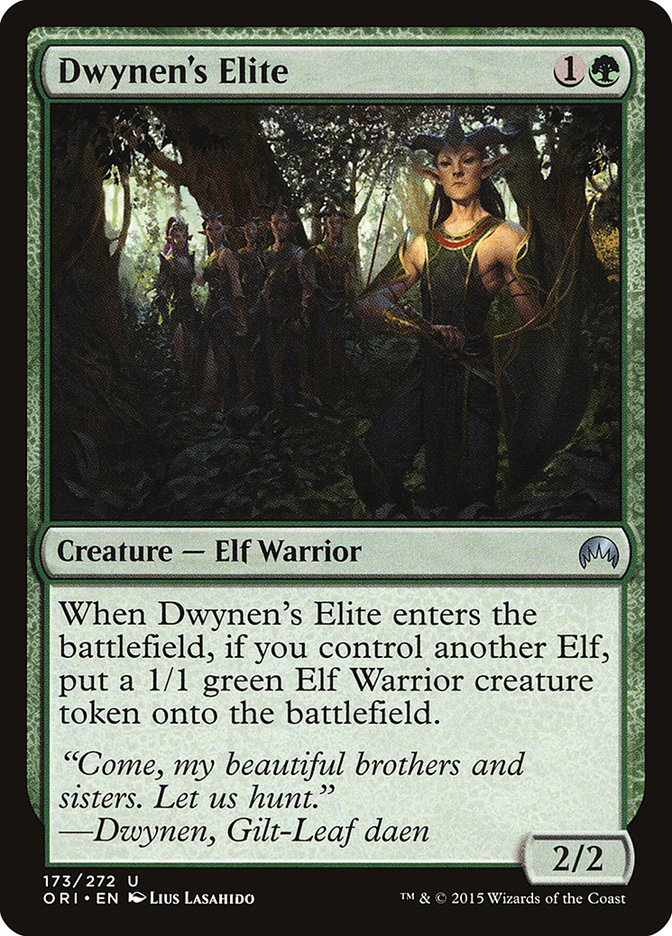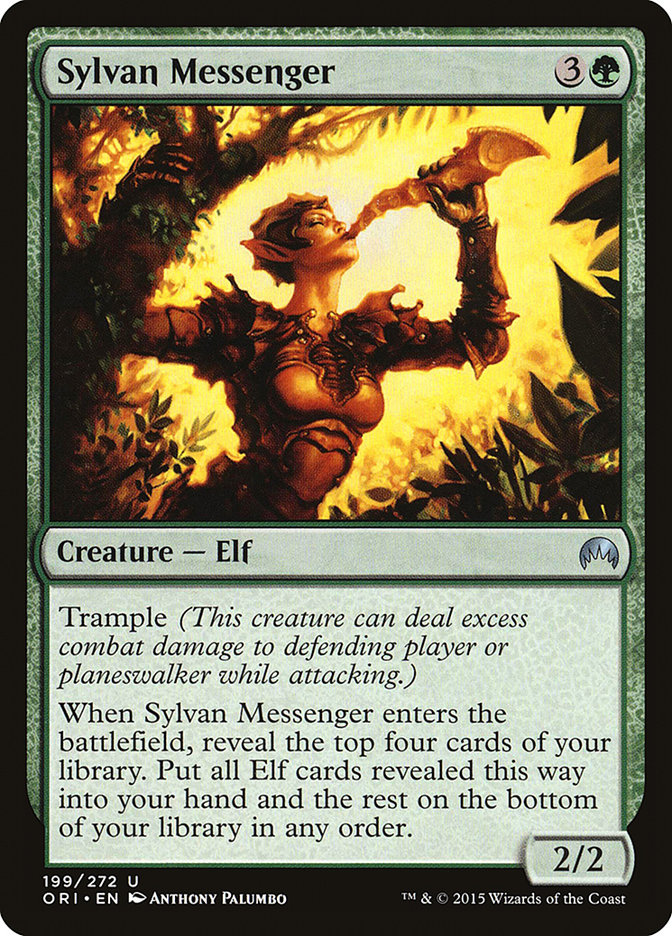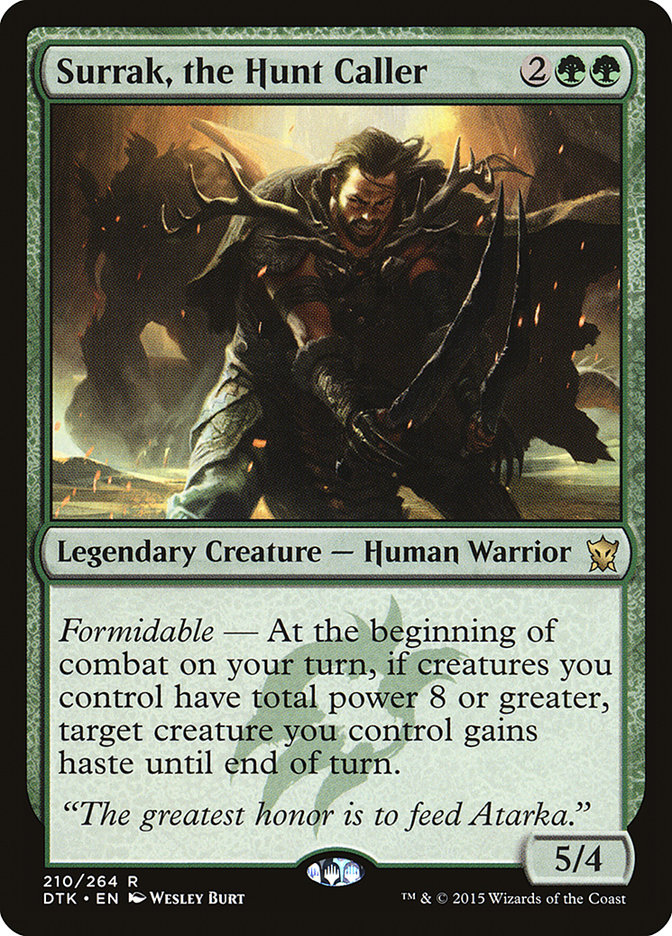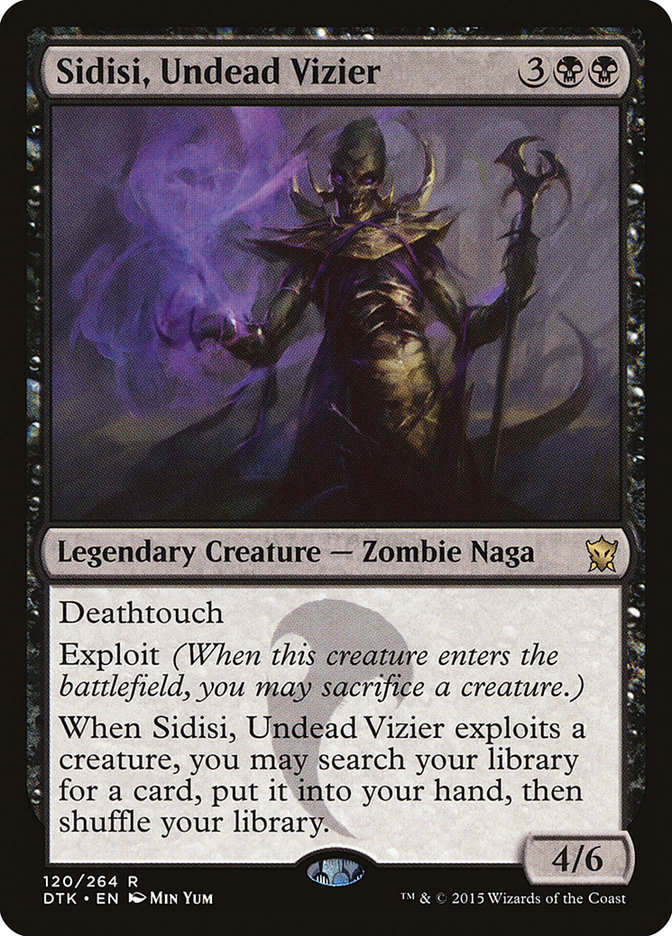Rotation and Shadows over Innistrad are just around the corner. The early spoilers have revealed tons of exciting cards, but it’s easy to ignore the basic principles of new formats when you board the hype train.
What you lose is almost as important as what you gain. Contextual shifts make all-stars into losers and turn forgotten gems into format-defining cards. Khans of Tarkir was one of the highest-powered sets of the Modern era, and its departure sends huge ripples across the remaining card pool.
Biggest Losses
The fetchlands’ leaving is the biggest change to the format to come from this rotation. The combination of these and two-color lands with basic land types has defined manabases in every other format, and the Battle lands in Standard were no different. Almost every deck used this interaction to some extent, even the Red Aggro decks. We are back to a world where reasonable mana reigns supreme.
I don’t think three-color decks are off the table, but they come at the cost of tempo. While the Shadows over Innistrad lands could change this, I expect the tri-color decks to be Shard decks like Jund or Bant, revolving around the Battle lands to minimize the odds of having to play a tapped land on turn 4 or 5. Most decks looking to cast their threats on time will be two colors or even just one.
Alongside fetchlands are the massive multicolored cheap threats from Khans of Tarkir. These were some of the big payoffs of the fetch-Battle manabases that really allowed them to take over the format. Turn 3 Anafenza, the Foremost or Mantis Rider ends the game really quickly, forcing you to interact immediately or just die.
Games will trend toward positioning mattering over tempo. Expect cards and strategies that require some setup to maximize their value to get better. Big sweepers like the rotating Crux of Fate will also get better as you will no longer have to waste them on a single threat in order to avoid dying.
The loss of cheap two-toughness prowess creatures means blocking early is a little more viable on defense. Sylvan Advocate still has some of the bulk, but just a 2/3 is a much slower clock than a turn 1 or 2 prowess threat. Importantly, this means 2/2s for two are no longer laughable ways to slow down a red deck.
On the anti-aggro side, there is less cheap freeroll lifegain to pull out of burn range against aggressive decks, so the remaining early threats get much better. It’s also harder to brick-wall aggro creatures without the massive jump in on-curve power Siege Rhino and friends provide, so you can milk an aggressive setup for more damage. Put it all together and you have a format where people get low on life and stay there unless they try hard not to do so.
Generic removal spells also took a hit. The removal in the remaining sets is significantly more conditional or less efficient, so more expensive threats and dodging the answer of the week will be more important than it was before. You couldn’t really dodge Crackling Doom or Murderous Cut with creatures that weren’t cheap or card advantage, but that is changing.
With delve card draw gone, people will start running out of cards! Painful Truths isn’t technically gone, but three colors is not a given like it was before losing fetchlands. Simple two-for-ones will get more important, and sequencing for maximum effect per card will matter instead of sequencing for maximum effect per mana.
Remaining Threats and Limitations
Play early answers or get buried in card quality and advantage. Jace will be slower to flip without fetchlands, but you often wanted to loot extra times before a flip anyway. The removal and card draw is worse, but the threats that are trying to pressure Jace, Telepath Unbound are too. I have no idea why the two-mana planeswalker starts on five loyalty, but it sure makes it hard to kill.
If any card is going to push the format back toward a fast threat stance like pre-rotation Standard, it is this one. If unopposed, Gideon, Ally of Zendikar ends games quickly in a lot of ways. In our Pro Tour Battle for Zendikar testing, one of the most important aspects we focused on was breaking Gideon parity when on the draw. Having a plan for Gideon is going to be a huge part of the format moving forward, and the best way to beat it, honestly, is not letting your opponent cast it while ahead on the battlefield.
The colorless-required Eldrazi are still on the Khans of Tarkir side of the power curve. They are not specific to any color pairs, so expect a lot of different shells that start with these cards, much like the Modern Eldrazi deck has so many variations. It’s very possible that Thought-Knot Seer becomes the go-to midrange threat of the format, depending on how the mana shapes up with Shadows over Innistrad.
The entire Bant Company shell still exists. Reflector Mage forever. Nice cool new creatures, hope they don’t suck when they go back to your hand and you can’t cast them. Given the fact that Siege Rhino was bad against Reflector Mage, I’m really not sure what a creature that is good against it looks like.
The Eldrazi Ramp deck loses basically nothing and the clocks it is facing will likely slow down. Rattleclaw Mystic is leaving, but Leaf Gilder is still here to help out. Get ready for seven- and ten-drops in a format where you have the time to actually cast them without dying.
Remember to have some bouncing or exiling removal to deal with Hangarback Walker. The card is still around and still great, especially once making 1WU isn’t a given for most decks and the number of Reflector Mages played drops down.
This card is to this format as Olivia Voldaren was to Innistrad Standard: a threat that just takes over any battlefield with a little input that is technically a four-drop but gets significantly better if you hold it to pair with extra mana. We started seeing what this card could offer in Oath of the Gatewatch Standard, but even in a no-Rally the Ancestors world, it is good enough to be a dominant threat. Losing Murderous Cut is a big blow, but I would expect this card to pair well with Fiery Impulse and Ultimate Price.
Shock with upside still exists. Creatures with two toughness that cost three or four mana are suspect and three toughness at four mana is really suspect. Whenever your opponent gets to trade their removal spell that far up the curve, you are going to fall very far behind.
Winners
Roast and Ultimate Price set the cheap removal baseline. Roast kills ground creatures all the way up to five-drops, while Ultimate Price kills a massive percentage of the creatures in the format. Being multi-colored or devoid is now a big plus on any creature’s resume.
Stasis Snare is now the benchmark “exile anything” spell, and Ruinous Path gains from the whole positioning aspect of the format. Awaken in general gains a lot from the format slowing down and letting you plan out a game to use it instead of having to fire off your three-drop sorcery at the first chance. Sadly, Ruinous Path still isn’t good against Gideon, Ally of Zendikar, but finding a way to answer an efficient threat that leaves a friend behind is hard.
There are still some spicy removal spells sitting on the sidelines here. I’m unsure if any of these will see play, but they all have potential to line up well against the format. I think Pacifism and Clash of Wills are the most likely options here, with Pacifism possibly becoming a format staple.
No more Crackling Doom, you say? No more Abzan Charm, Valorous Stance, or Murderous Cut? Ultimate Price is the baseline for removal now? Time for these mythic rares to shine. These cards remind me a lot of the Titan cycle from Magic 2011 with how much raw power per card they pack and how much each of them immediately dominates a game once landing on the battlefield. Between these and Archangel Avacyn, answers to game-breaking high-end fliers will be at a premium in this format.
If getting people into burn range is easier and they stay there, big burn spells have to be better. Four toughness is also a more reasonable threshold to pick off in a post-Siege Rhino world, and I expect Exquisite Firecraft to often trade up for a four- or five-drop when applied to a creature instead of your opponent’s face.
Fetch-battle mana was really good at letting you play the Khans of Tarkir multicolored cards, but it was not the best at casting cards with heavy monocolored mana costs. There is now incentive to pull back on your mana spread and play powerful spells that require a single color commitment, or more accurately, there’s not the support for a super-varied manabase. These cards were previously just worse than Siege Rhino or Mantis Rider, but they are now the top-tier threats of the format.
Need fixers that count towards your basic count for Battle lands? Evolving Wilds is your new allied mana fixing of choice. I’m unsure what Shadows over Innistrad will bring, but this is the new and significantly worse fetch-Battle setup.
The enemy-color mana is also insane. Creature-lands were too clunky in a fetch-Battle world, but with more constrained manabases, the extra value from your best lands is an absurd gain. Creature-lands dominated the color choices of Worldwake Standard, and they will likely pull strongly toward enemy pairs in Standard until Battle for Zendikar rotates.
Have you read Archangel Avacyn? The card is clearly pushed to be one of the best cards in the new set, and the previous best white cards will get a boost with it.
The interaction of Archangel Avacyn with Eldrazi Displacer is really something else. If Archangel Avacyn flips to Avacyn, the Purifier, you can “Flicker” it with Eldrazi Displacer back to the natural Archangel Avacyn side. This grants you an indestructible enters-the-battlefield trigger that saves all of your things and sweeps their side of the battlefield. Just add Ayli, Eternal Pilgrim to control your non-Angel death triggers and have fun!
Slower cards that provide situationally huge blowouts? Check. Watch for these five and many more to become important control and midrange cards used to swing the balance of a game.
With more time to mess around with, this card curves very nicely into Ulamog, the Ceaseless Hunger. Previously you needed a bigger first trump to beat Siege Rhino or similar threats, but Conduit fits the new format quite nicely. It is approximately “win the game next turn,” which definitely catches my eye for six mana.
This is my called shot. Instant removal getting worse and positioning for blowouts being more important means Chandra’s Ignition will become a random sideboard blowout. Tragic Arrogance, on the other hand, will be just good when you don’t have to choose between leaving them with Siege Rhino or Anafenza, the Foremost, though creature-lands break a lot of the parity there. Planar Outburst is also a fine sweeper, but the lopsided ones have real game-breaking potential.
Losers and Traps
Still a stinker. Zombie Lord is cool, but the best part of the card is the recursive casting. When you are playing it with other creatures, it starts becoming cost-prohibitive to do what the card wants you to be doing. If you need an anti-control threat, this is fine, but don’t play it as a theme deck card.
It’s so sad that this card lined up so poorly with Crackling Doom over the format where the mana existed to support it. Sarkhan Unbroken is really awesome and does a lot of simple but unique things for a planeswalker, but it wasn’t meant to be. As is, I don’t think it is powerful enough relative to the mono-color options to see play with three-color mana being such a burden to produce.
With worse mana, cheap multicolored cards are more restricted in their applications. These are reasons to play their color pairs, but will likely be cards used in one specific deck and not format staples like some of them are now.
Converge lost a lot with the mana shift. Exert Influence is likely capped at three-power creatures, Woodland Wanderer at 5/5. Neither of these is terrible, but the fourth color on each was what really made them exciting.
As far as I remember there are not many Elves on Innistrad. At least these cards have an impact on Modern.
Sorry, you aren’t Dragonlords and you die to Ultimate Price. Pia and Kiran Nalaar get to stay on the team. You don’t.
The future of Standard brings a lot of exciting prospects. Khans of Tarkir really defined the last format for the year and a half it was legal, and there is a big power vacuum left in its wake. Shadows over Innistrad is only the latest fraction of this equation. Remember all the cards you forgot over the last year, because some of them will likely be the ones that dominate the format moving forward.



